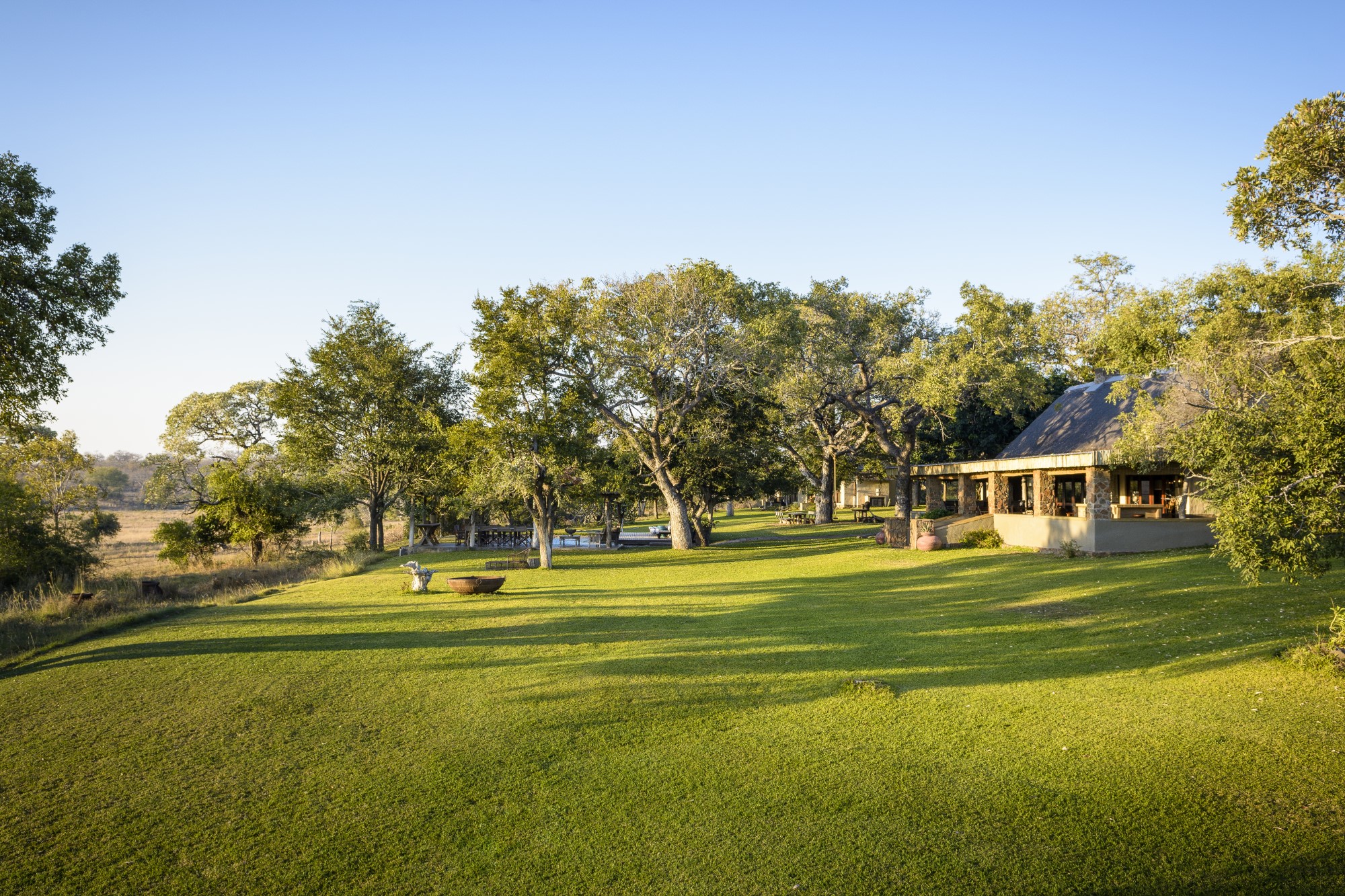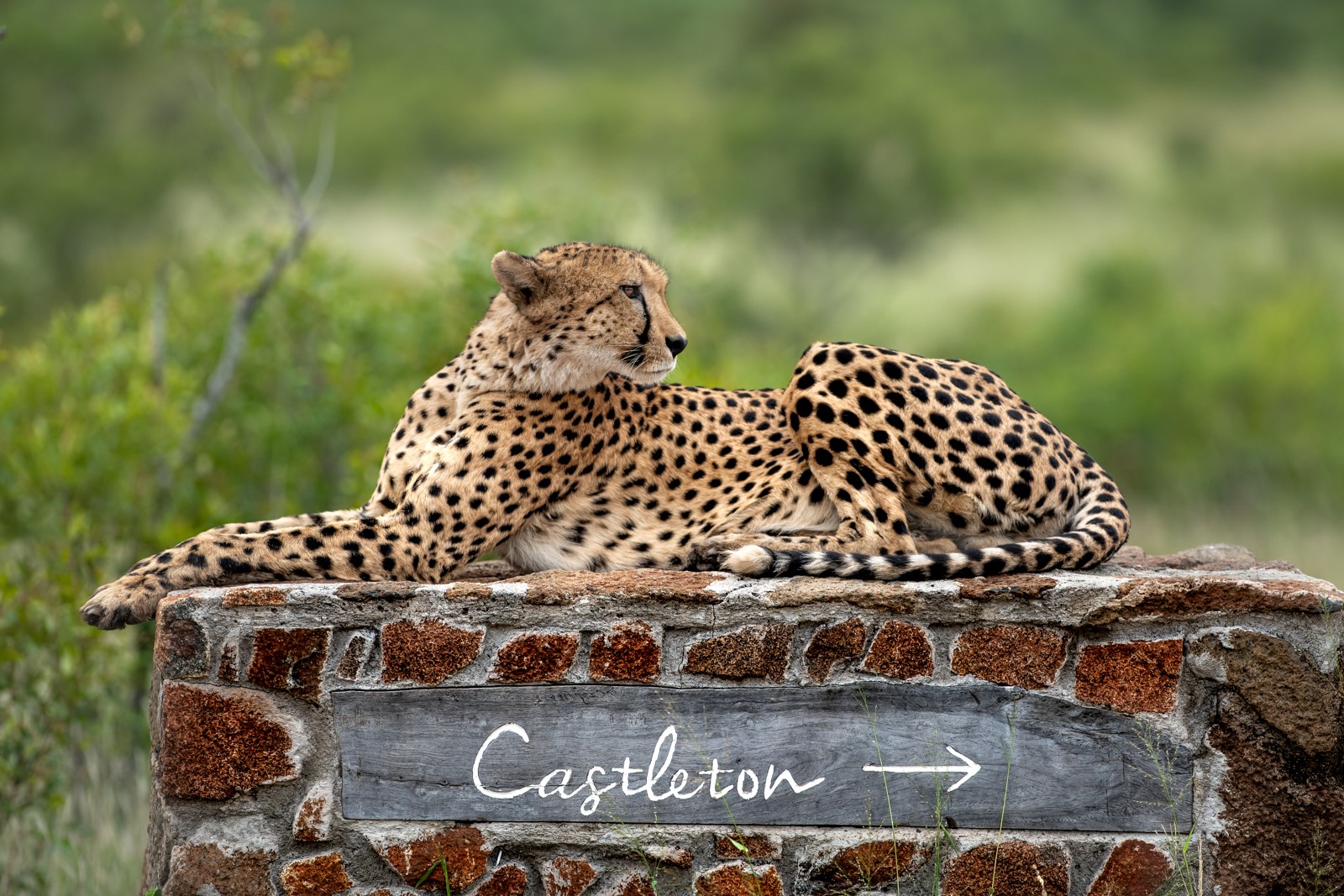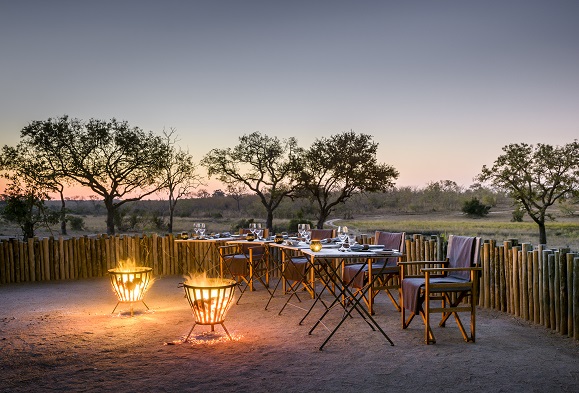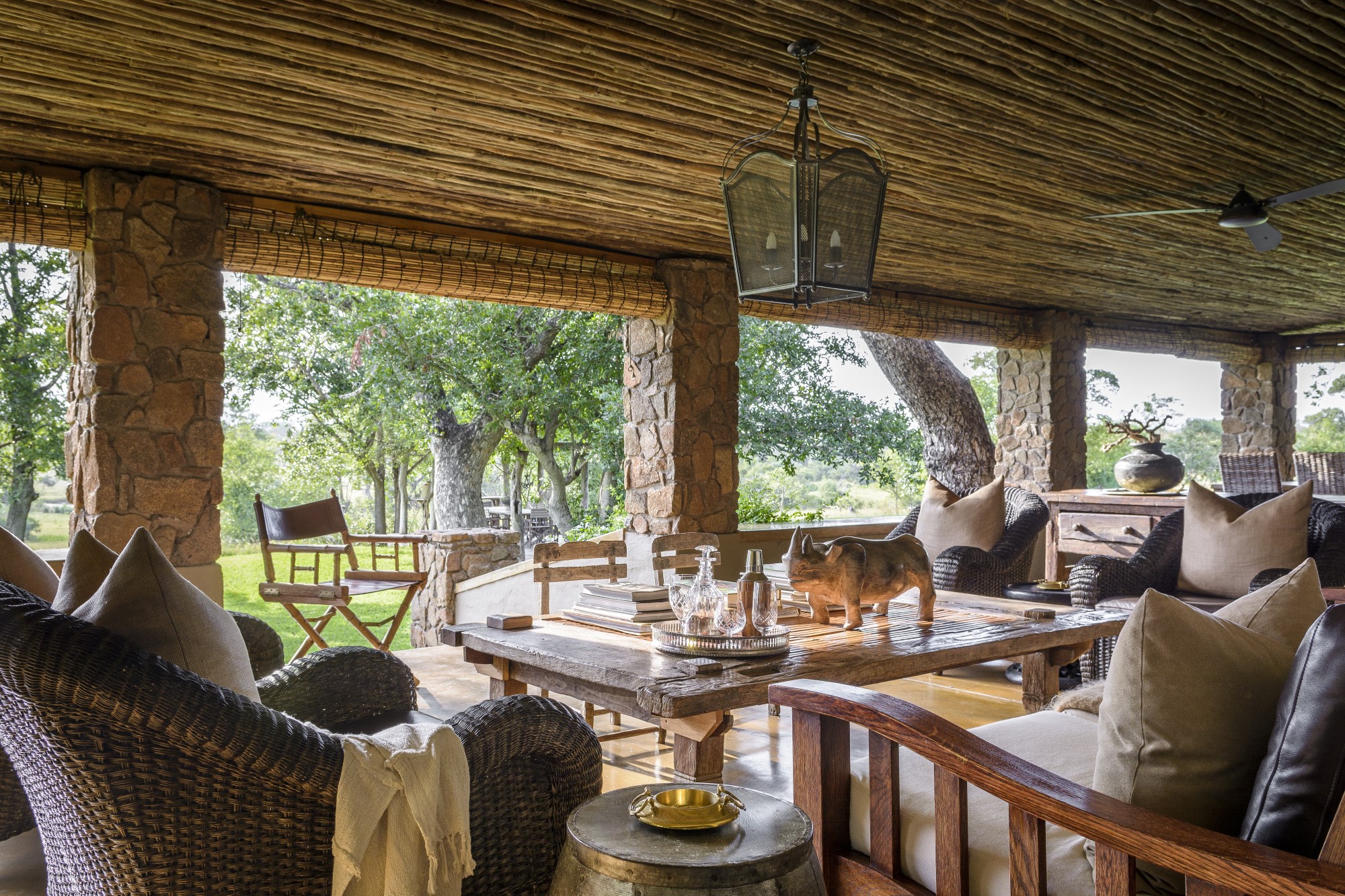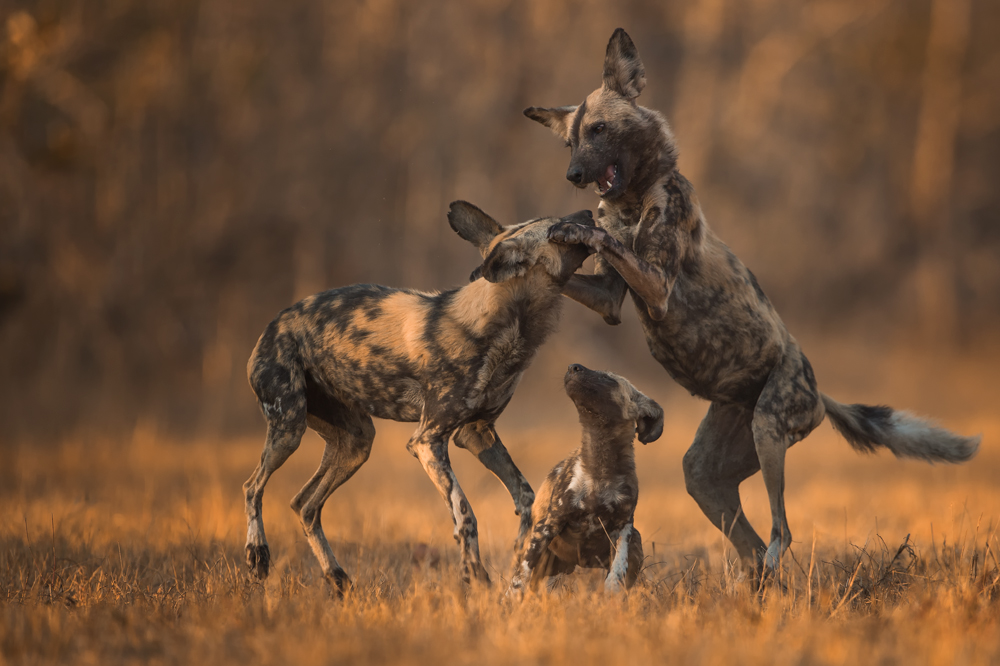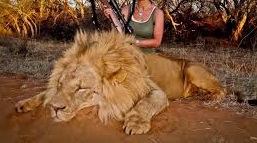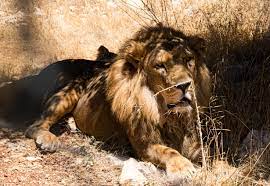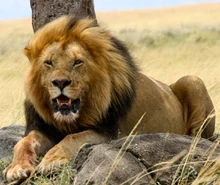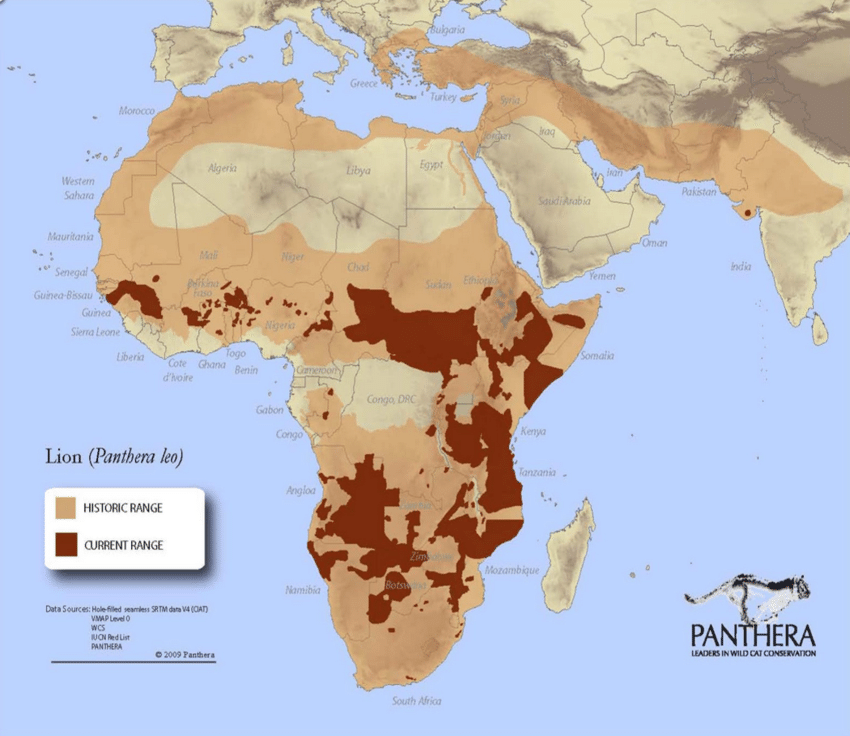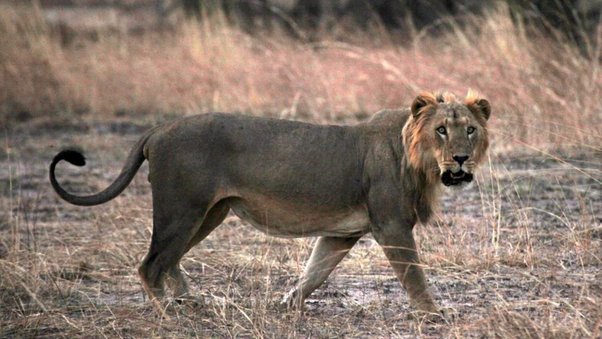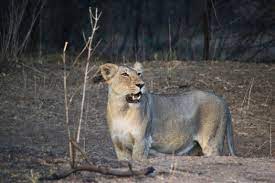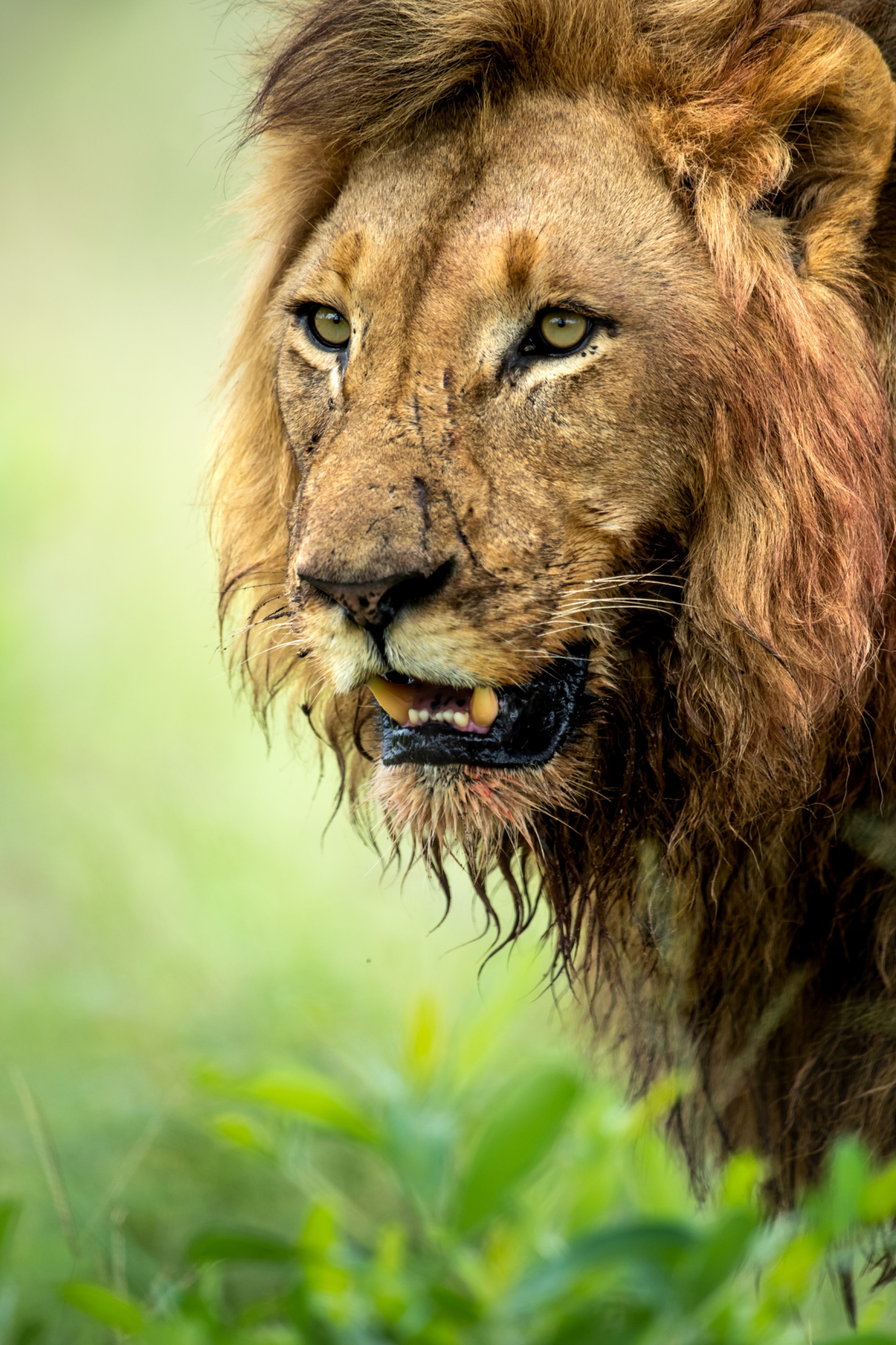
Lion
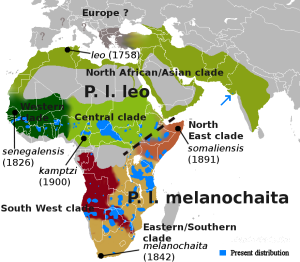
Lions- often referred to as ‘The king of the jungle’ (odd as they are rarely found in the jungle) are usually one of the animals visitors want to see if not the main one.
They are very impressive and it is understandable why they are popular. No other predator dares lie out dozing in the open plains all day.
However over the last few decades, lion declines have been horrific, with declines of more than 2/3 since the 1960s.
Lion conservation is important, because to have a thriving lion population, you need a very large protected area, and an intact ecosystem- so all the other animals benefit. I have used a large variety of sources to compile this, but one study of great interest is “Lion conservation in West and Central Africa” by Hans Bauer, published in 2003. In 1996 the estimate for the lion population in Africa was thought to be between 30,000 and 100,000, however the IUCN African Lion Working Group suggested a more realistic number was 18,000-27,000. They also suggested, that of 38 reserves and parks across these regions that used to have lions, they are definitely lost from 23.
The Asiatic lion is different; Its only current home in Asia, is the Gir forests of western India. However, something that many people do not know is that the Asiatic lion population of Gir is a tiny relict of possibly the largest spread lion subspecies. The Asiatic lion still exists in Africa – the western and northern lion population are very closely related to the Asiatic lion and are thought to have last naturally interbred a few centuries ago. Importantly, they are still so genetically similar that they are not different sub species. This is important, as it means that only just over half of the Asiatic lions live in and around Gir, the rest live in Africa. I hope to add many more destinations over time. If you run safari lodge or camp or tours please do get in touch through the above link “list your wild place”. We are keen to list as many of the places to see wild lions as possible.
It should be noted, that in historic times the Asiatic lion population spread as far as Spain, though the last ones were likely lost around the time of Jesus. Asiatic lions survived in the Caucuses for far longer, surviving until around the end of the first millennium (1000AD). Ecologically, the conditions of Southern and Eastern Europe have not changed much in the last millennium. However, until a significant change in human habitation, there is no space for lions to return to this area.
Current estimates suggest that at most there are 20,000 lions in Africa (Some suggest 20,000-25,000, though LionAid did a thorough assessment of the lions on the continent in 2020 and came up with just 9200). If this lower number is correct, then there is no longer more than 10,000 wild lions in the world. Having said that, below is the 5 largest populations, which are relatively well known, and these add up to above that number. Time will tell.
As keystone species, and apex predators, lions are incredibly important, as such it is a species that is followed closely on this website. On each tab, you will find a list of articles about that species. Find below a list of articles on lions, below that is links to places we list where you can see lion. Please note, tab 2 and 3 refer to two separate populations of the Asiatic subspecies if only recently confirmed through genetic testing.
As you can see from the map above, the name African lion is not particularly accurate, given that half of Africa was inhabited by the Asian Lion. Still, even taking into account this number of African lions which belong to the Asiatic lion subspecies, still the population of African lion subspecies account for the majority of lions left in the world. It should be noted, that while Tanzania is still claiming a lion population of 14,000-15,000 Lionaid survey in 2020 claimed around 9600 in the world, so someone is definitely wrong. The image at the top of the page is an African Lion.
Over time, I hope that the destinations that we list on this site will grow fast, but for now we list the large lion ecosystems- hopefully with a few more coming soon
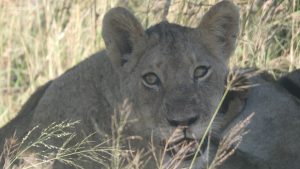
1. Kruger national park, and the greater Limpopo 2500
2. Serengeti and surrounding reserves 3000
3. Kalahari Zambezi 1500 (though with the size of this
reserve, there is space for much growth)
4. Selous (Nyerere national pakr 4000-5000 though as most of this vast reserve is set aside for hunting, much if it is unavailable to photographic safari (latest survey suggests 4300)
5. Ruaha national park (Tanzania) 4000
This accounts for around anything from 40% up to 64% (it is likely to be at the top end of this estimate as this includes the biggest lion populations of Africa) on the lions of african depending on which estimate you trust. Indeed, given Lionaids estinate, it accounts for as much as 167%. We hope to add other populations in the coming years.
While it is undeniable that the lion populations in the East and South of the continent have reduced, there would have to have been a significant population in west and north of the continent as well. While, clearly, much of this space has been lost to human expansion, there is still much space for a great increase in this population, whether it ever gets a chance to grow is something we will have to wait and see.
Camp Ndlovu
- Tim
- November 16, 2020
Camp Ndlovu

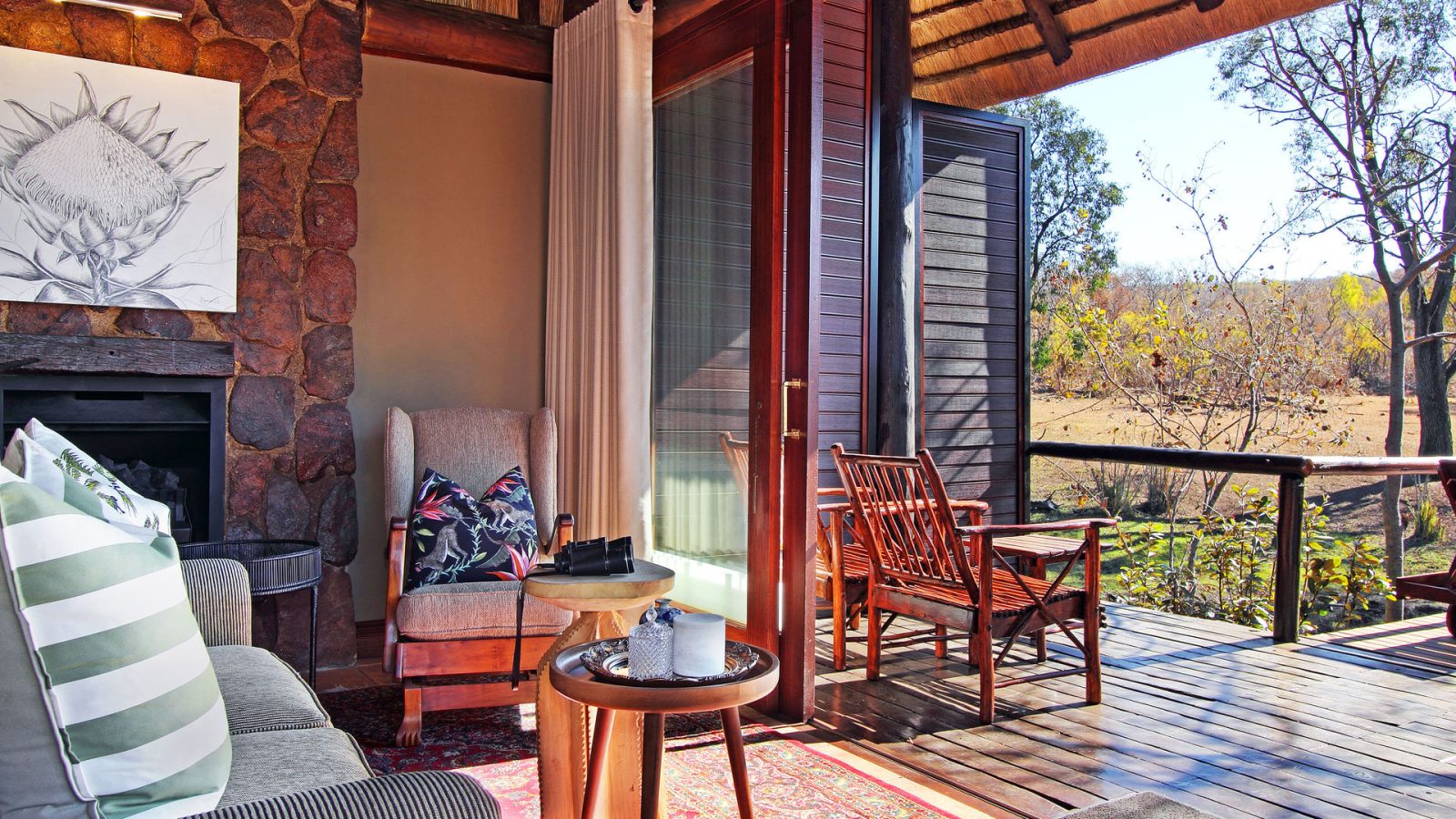

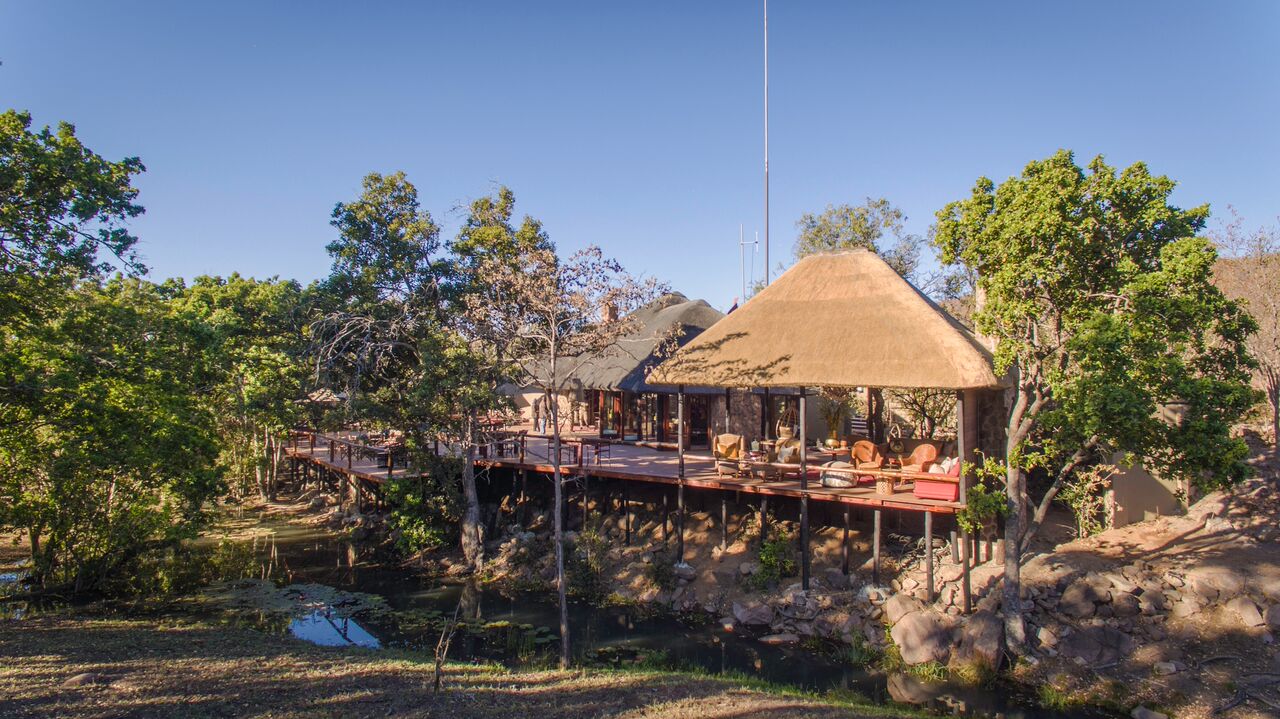
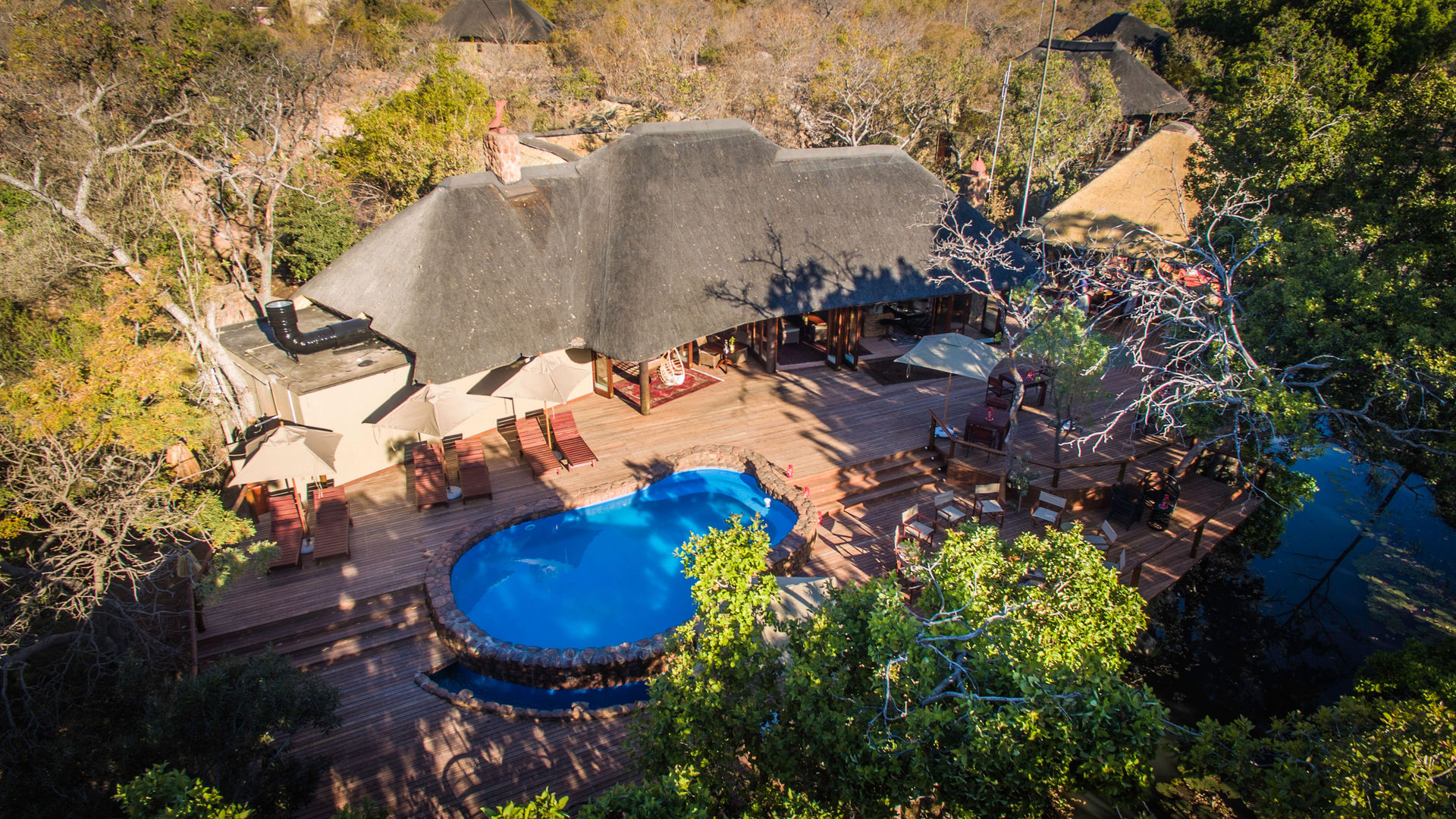
Camp Ndlovu lies within the Welgevonden Game Reserve, and sits alongside the Marakele National Park in South Africa.
These protected areas and some other reserves are collectively called...
Fitzpatrick at Jock
- Tim
- October 22, 2020
Fitzpatrick at Jocks

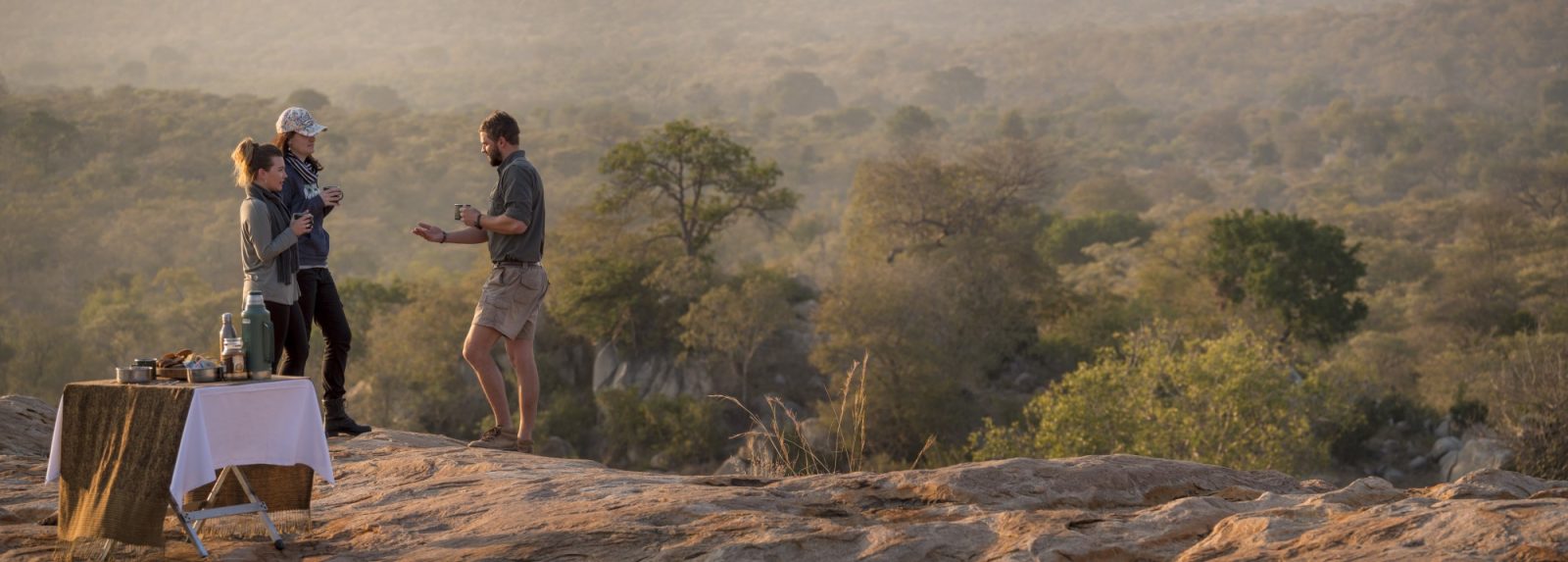
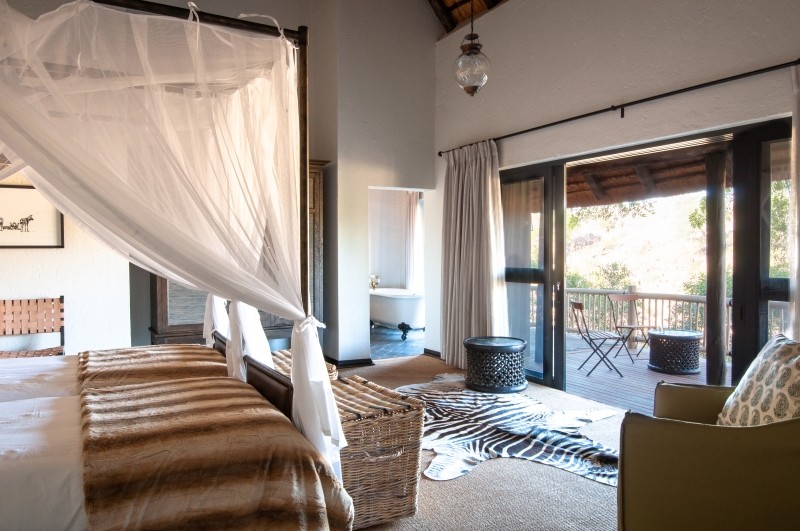
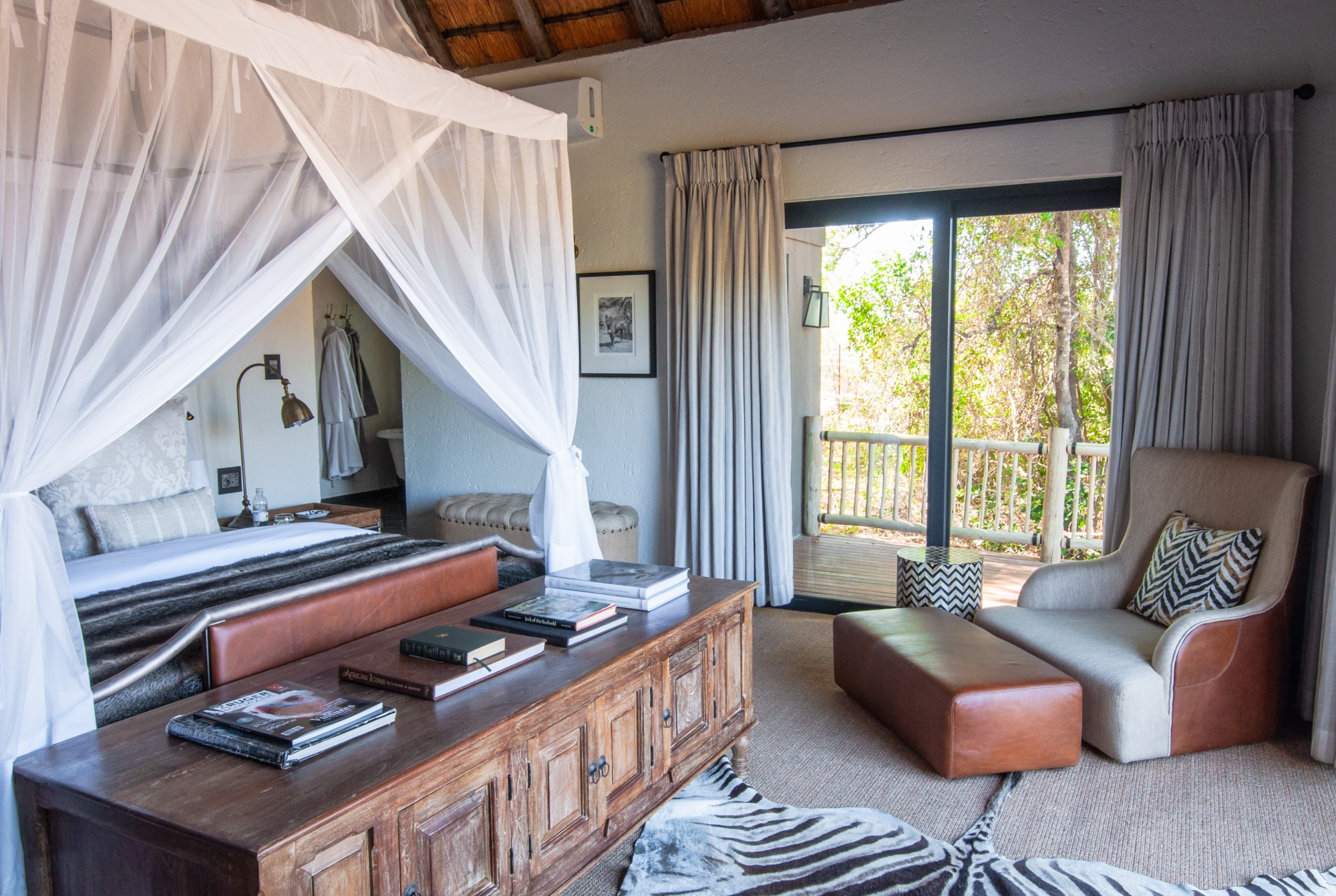

Fitzpatrick at Jocks is a small lodge perfect for groups and hired exclusively to one group at a time. Consisting of 3 Luxurious suites each...
Madikwe Game Reserve
- Tim
- October 22, 2020
Madikwe Game Reserve
Madikwe game reserve is the 5th largest reserve (it covers 68000 hectares) in South Africa, but far less known than most other national parks.
Containing the big...
Mhondoro Safari Lodge & Villa
- Tim
- October 20, 2020
Mhondoro Safari Lodge & Villa
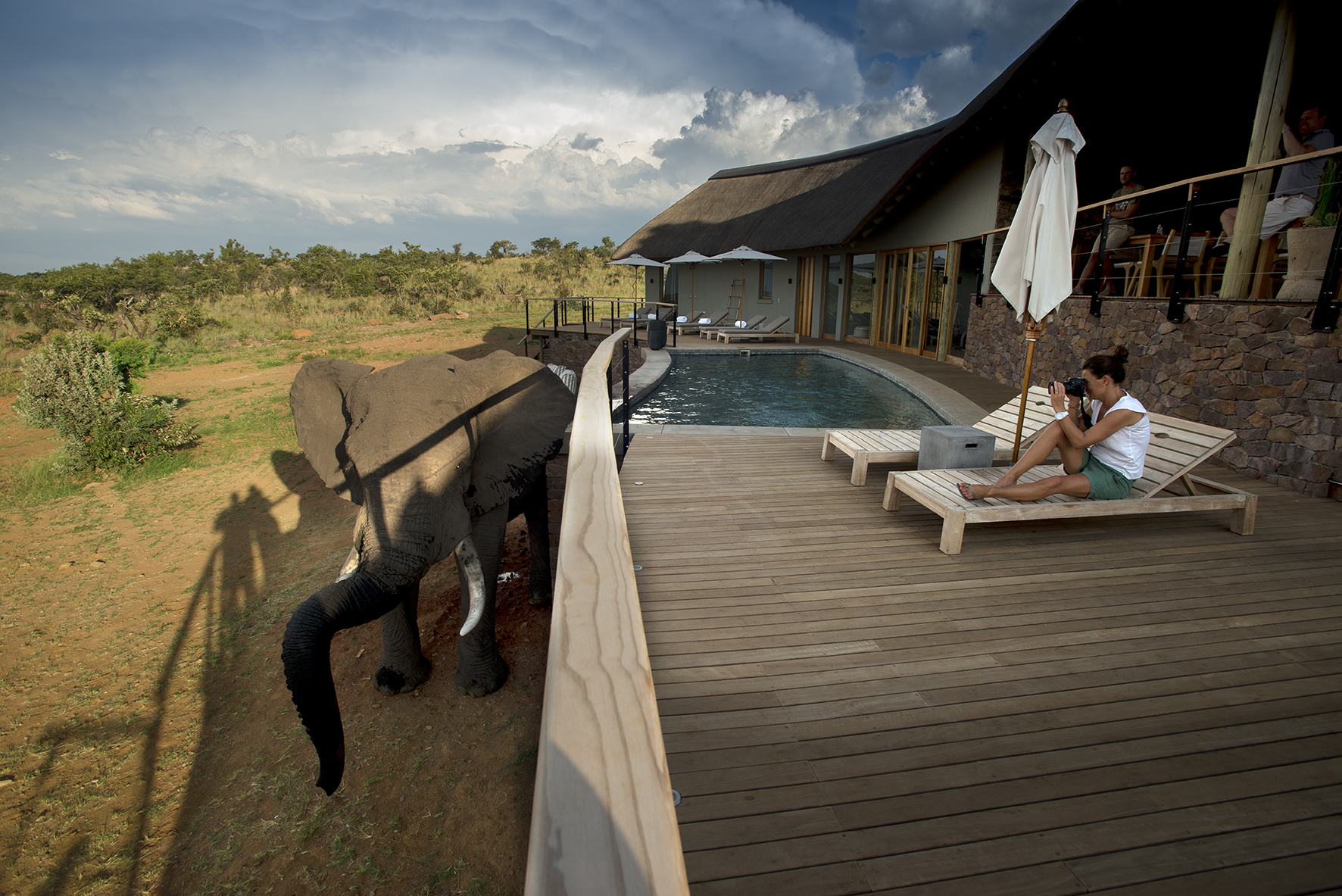
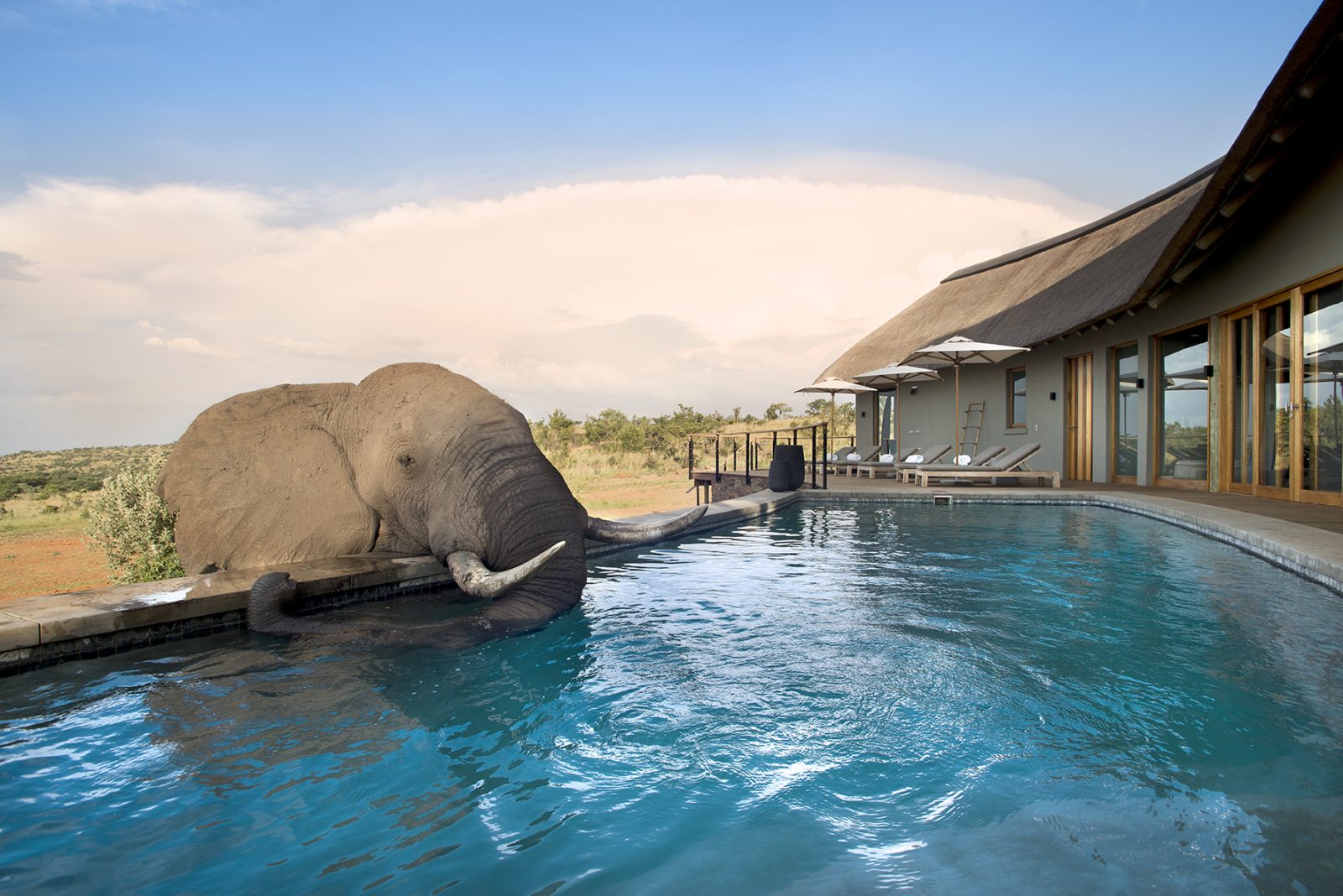
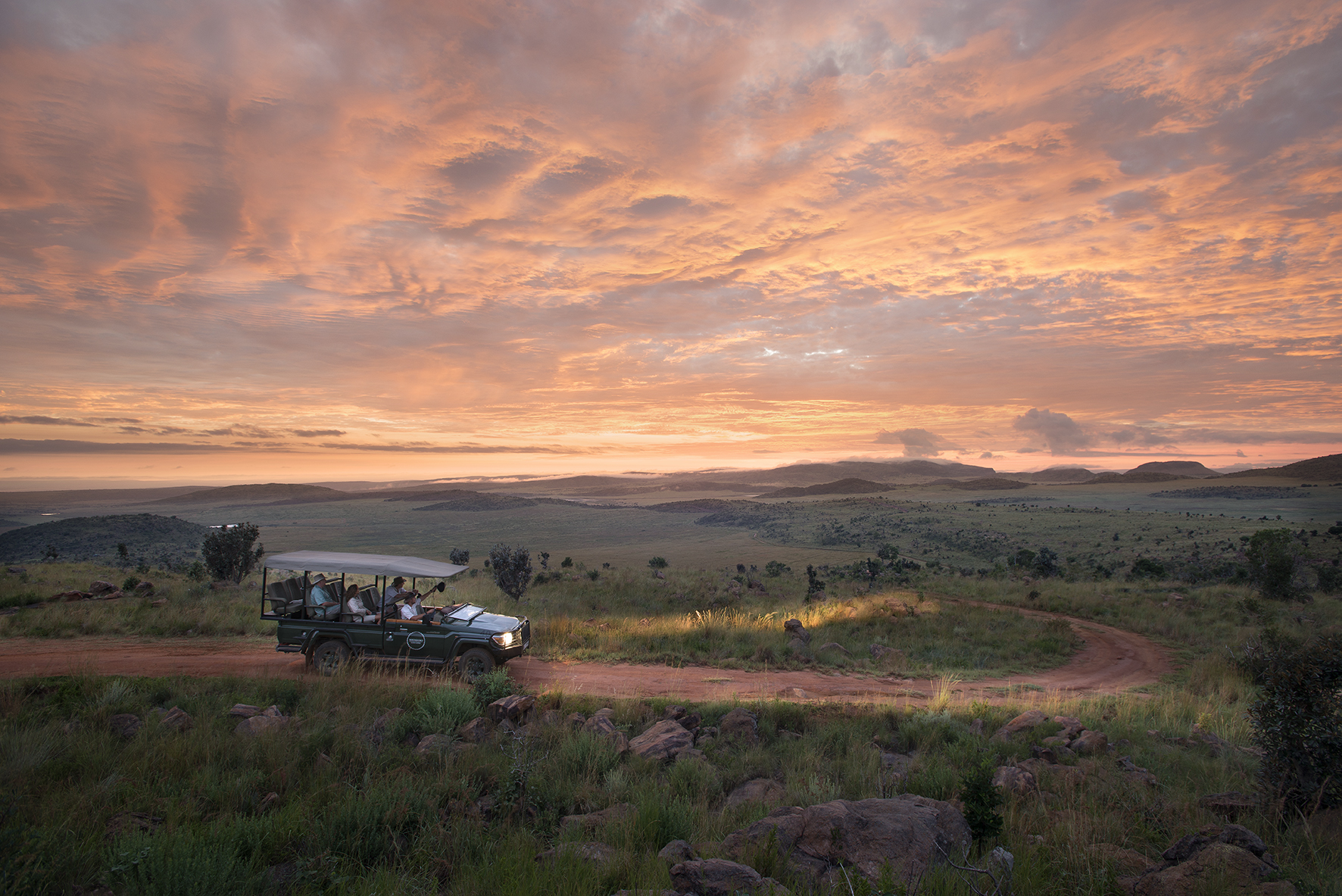


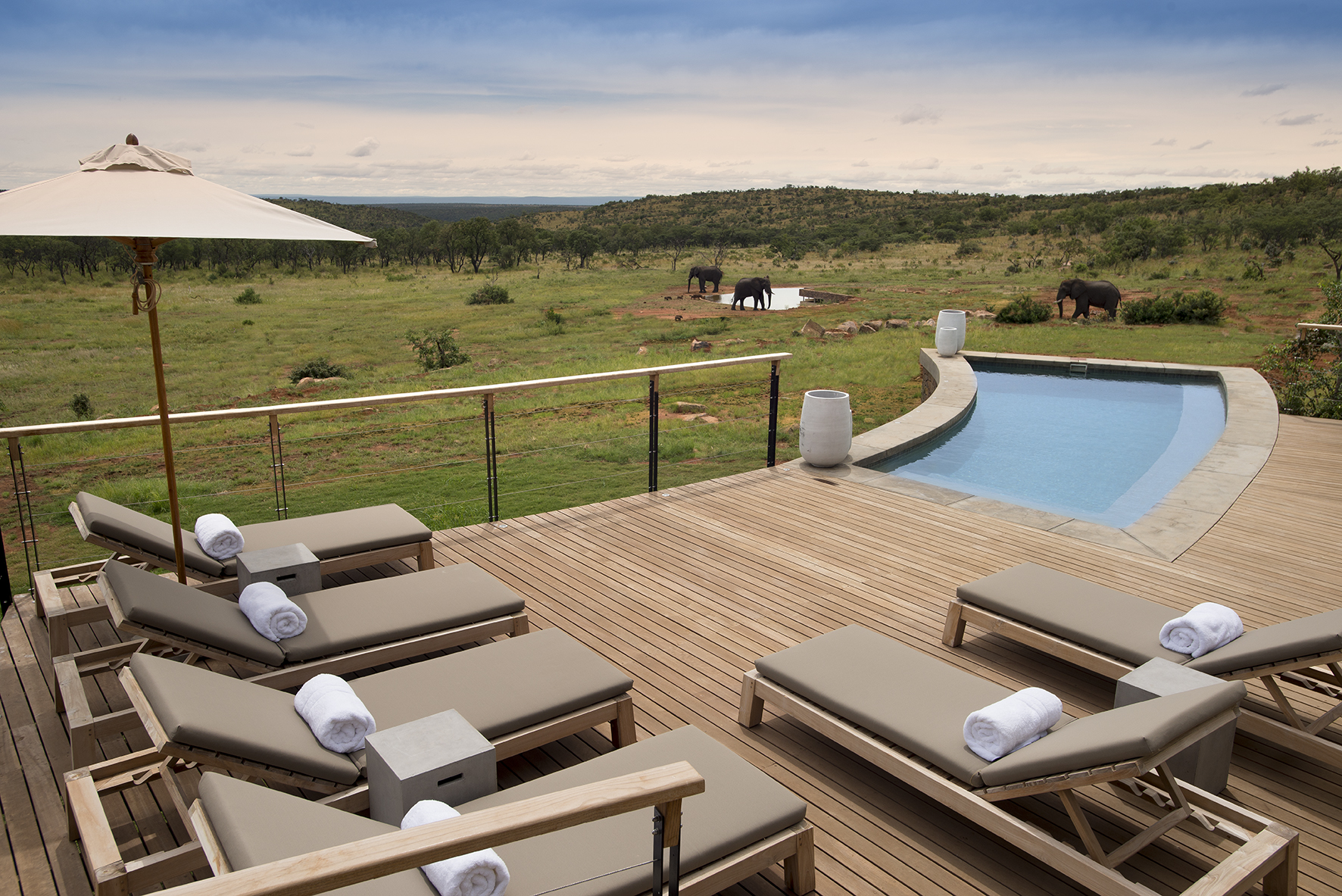
Mhondoro Lodge and villa is set within the Welgenvonden Reserve and is set on a hill looking out across the plains.
There is a watering...
Jock Safari Lodge
- Tim
- October 20, 2020
Jock Safari Lodge
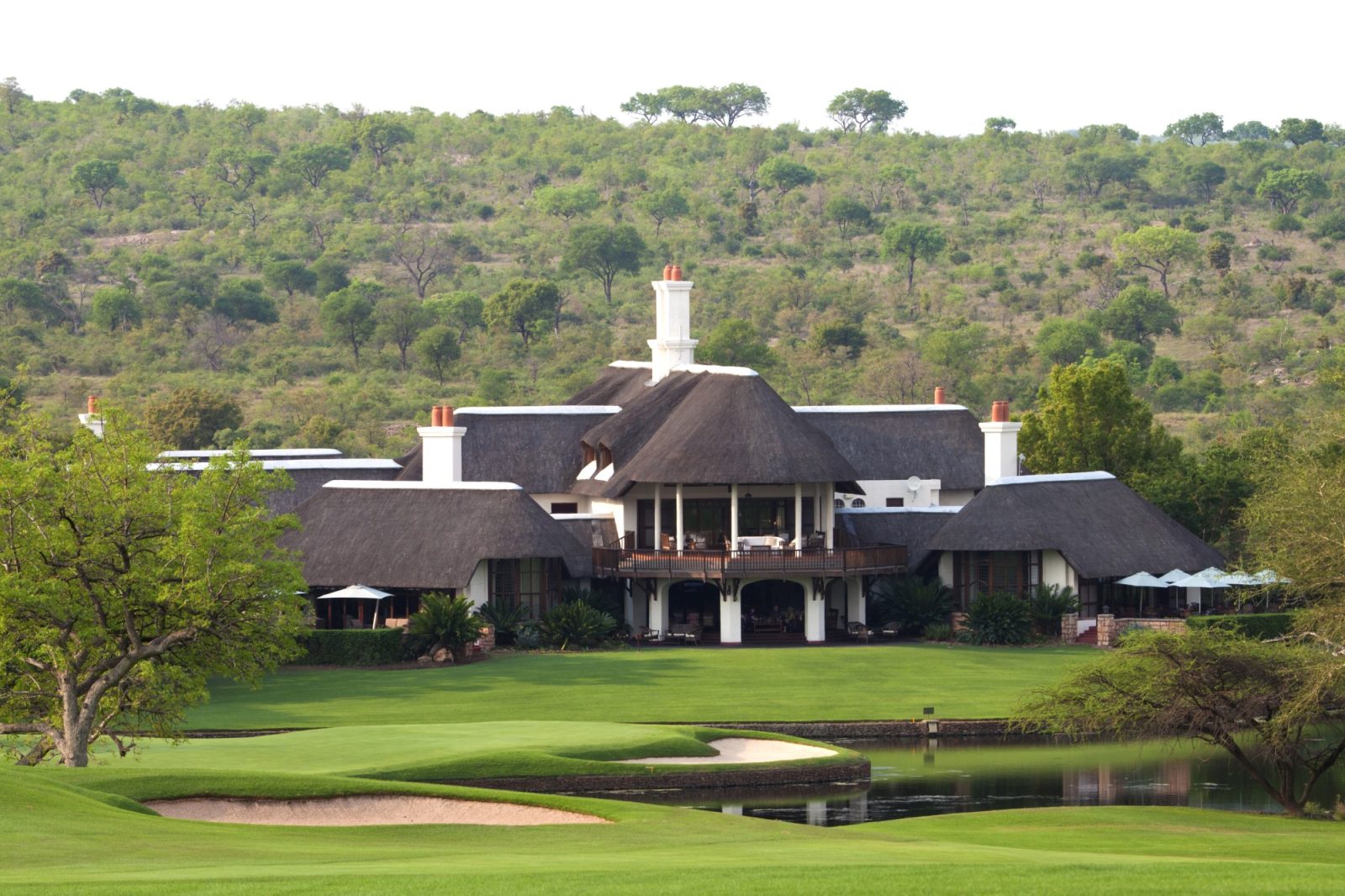
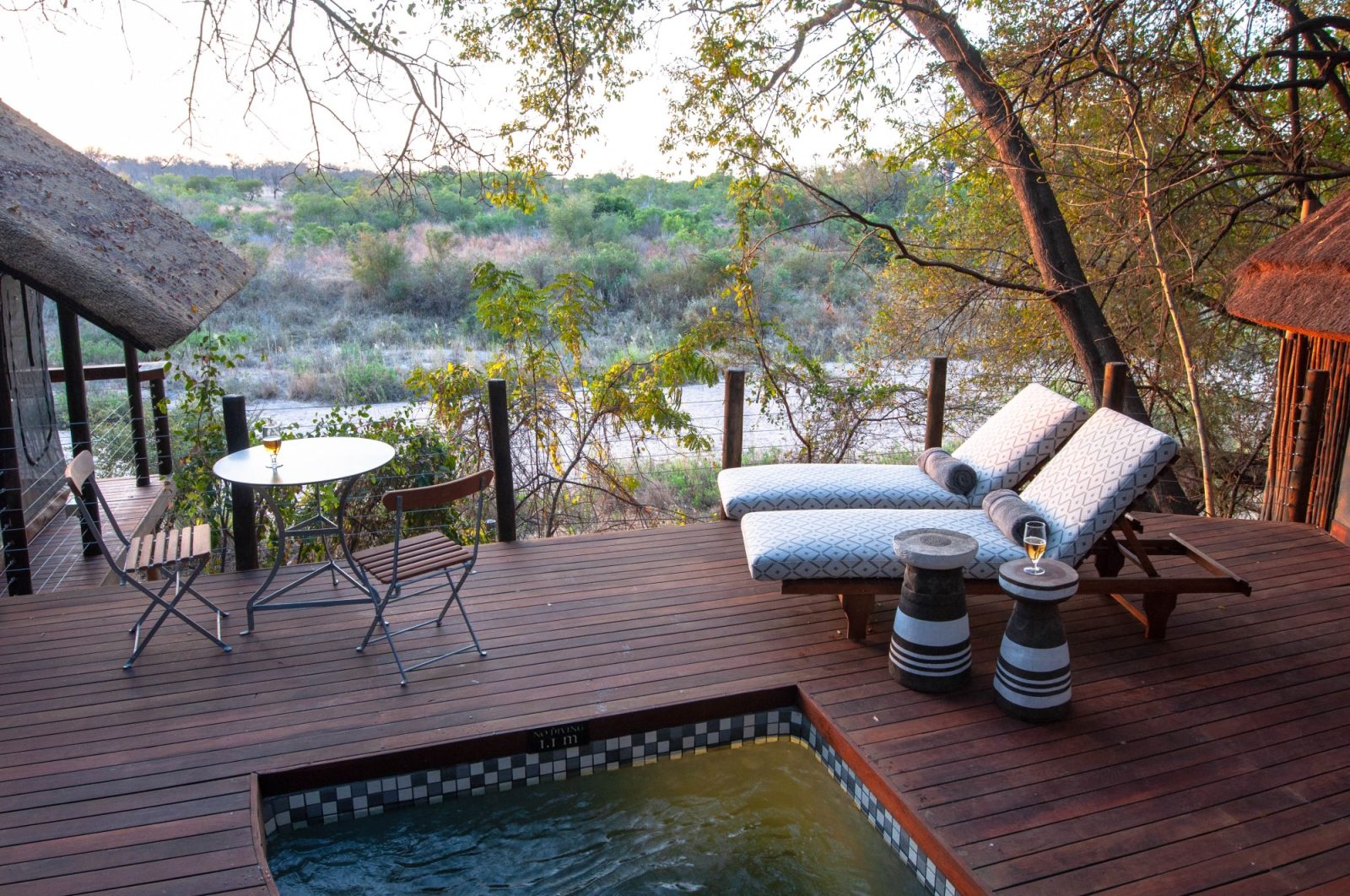

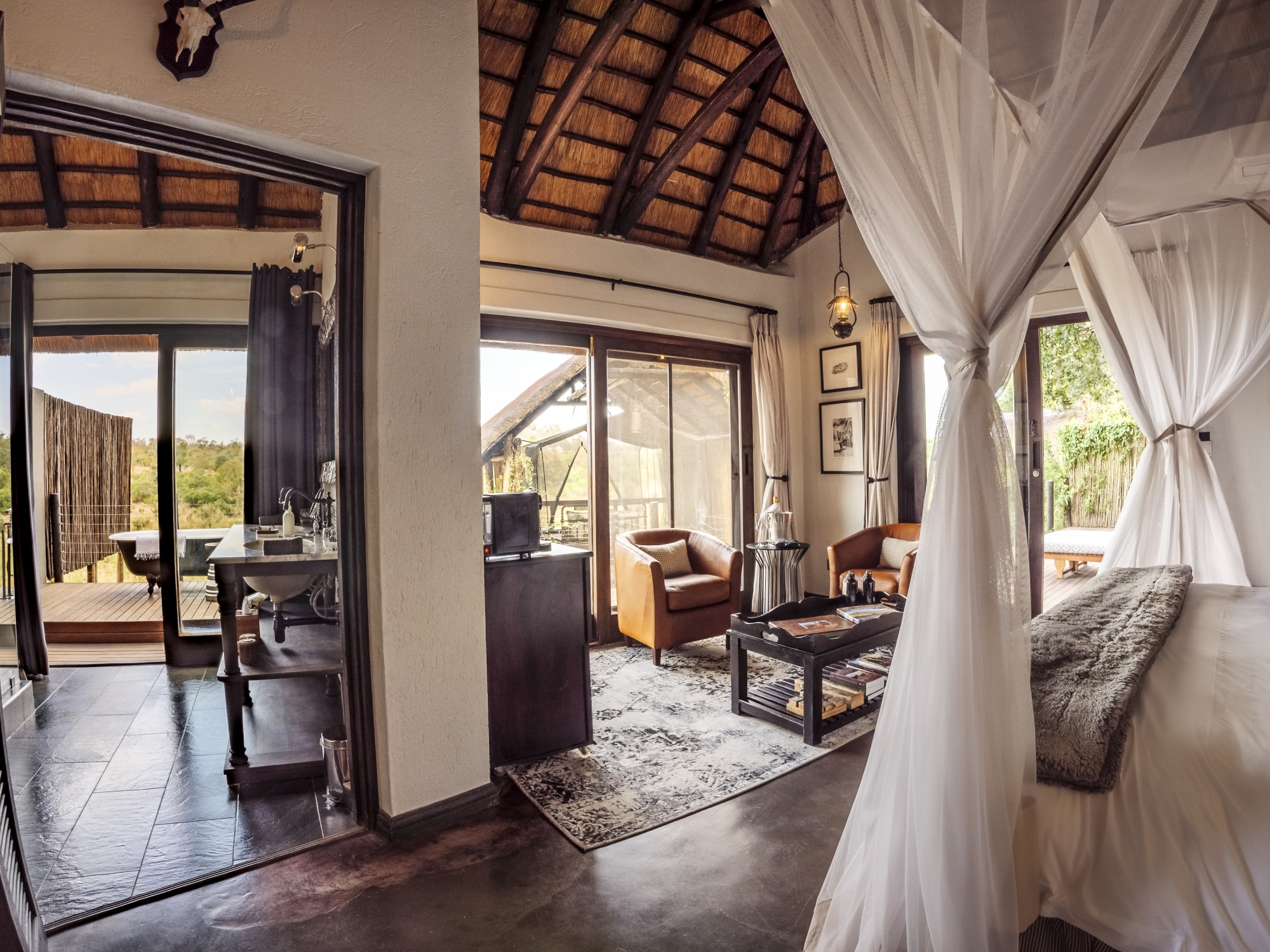
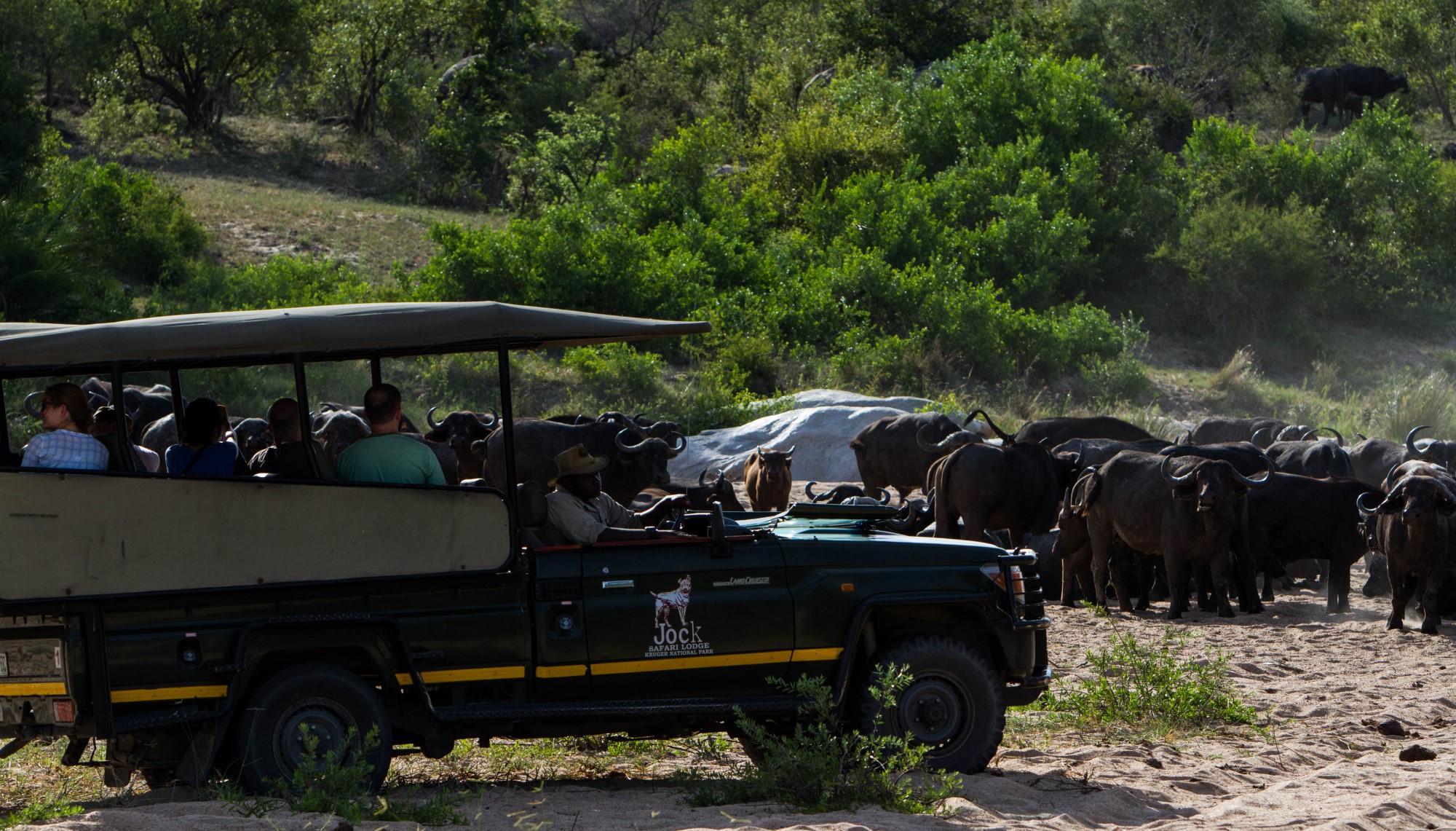
Jock Safari Lodge lies in the south west of the Kruger national park, on a 6000 hectare exclusive concession.
This part of the park is...
Camp Hwange
- Tim
- October 20, 2020
Camp Hwange
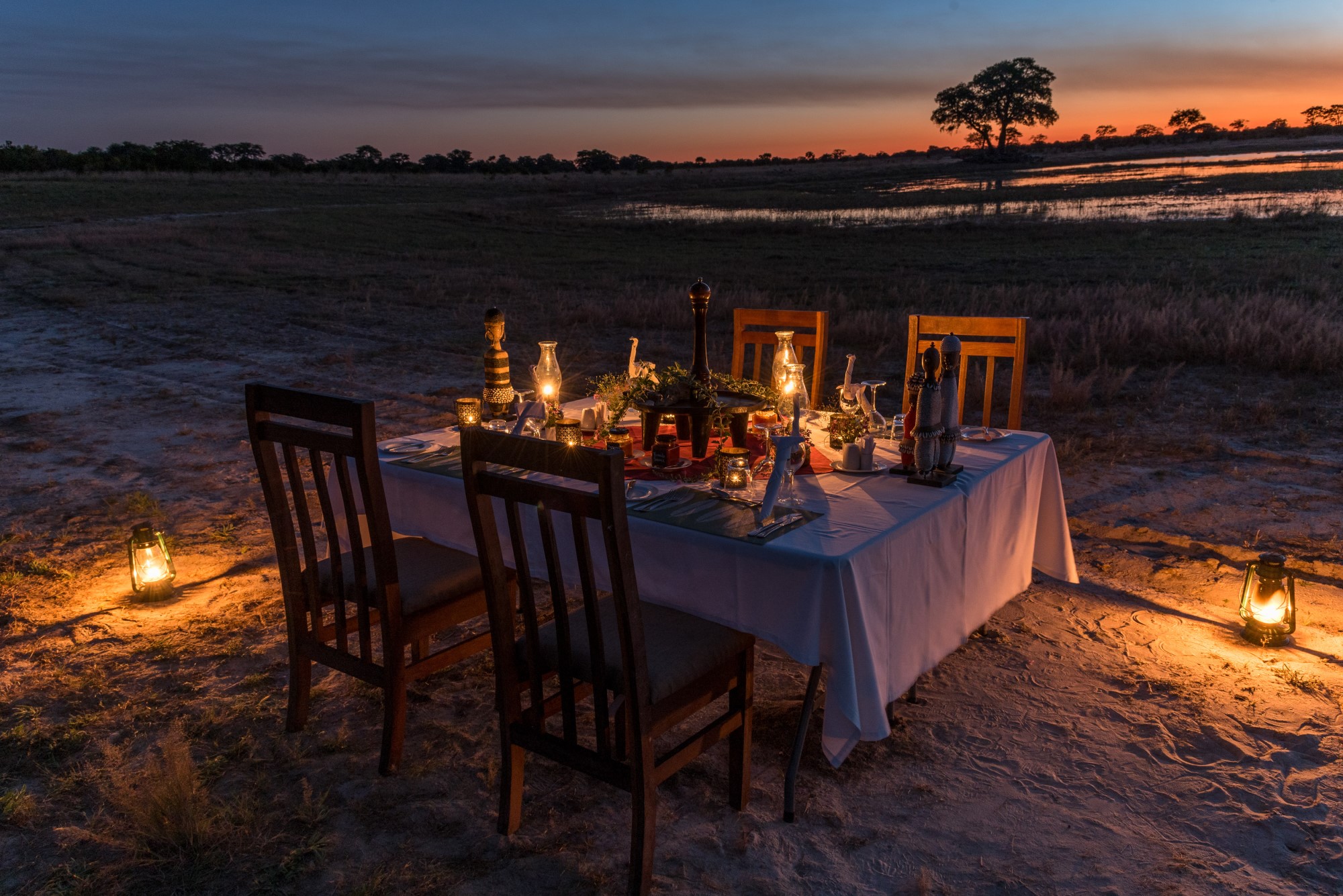


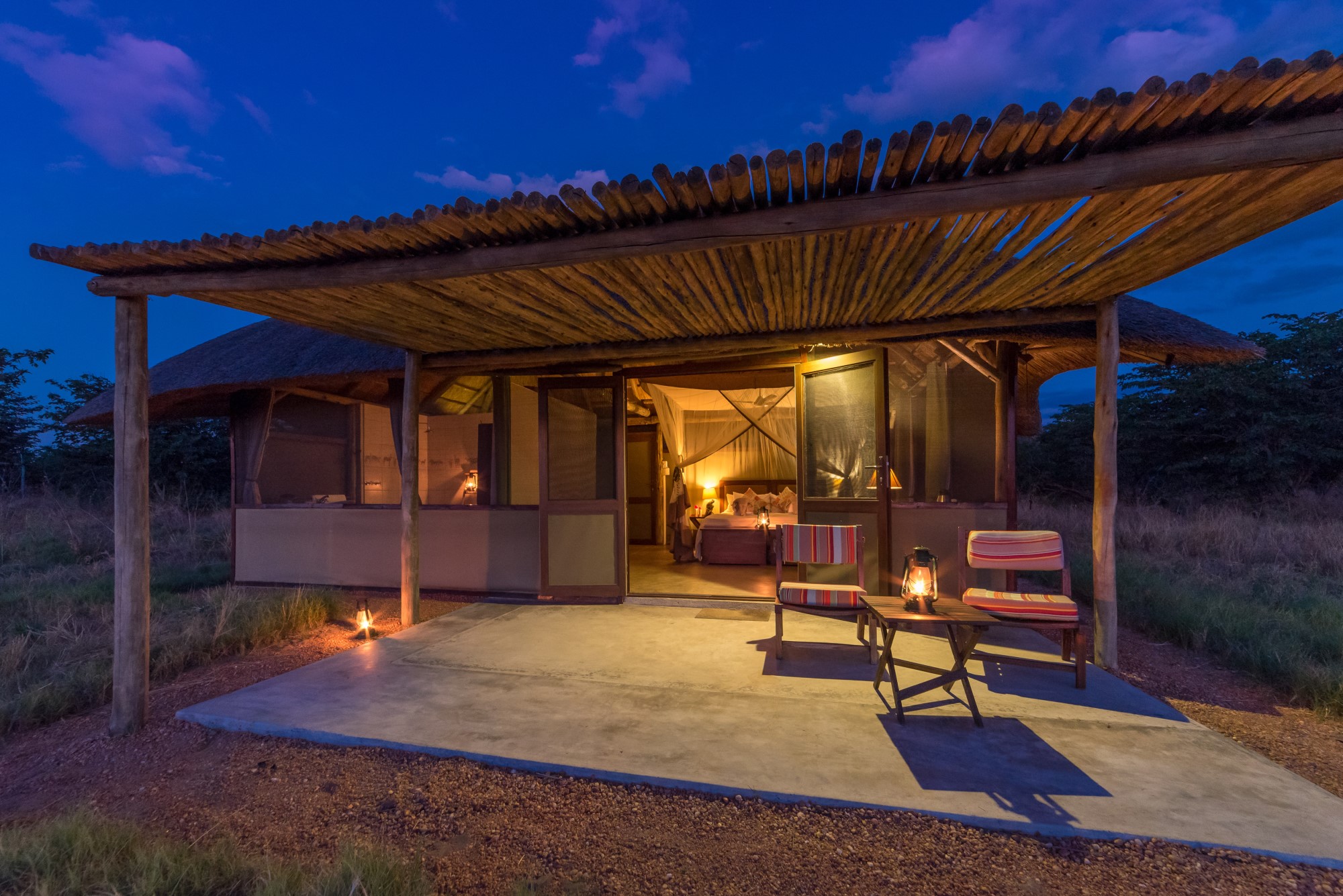
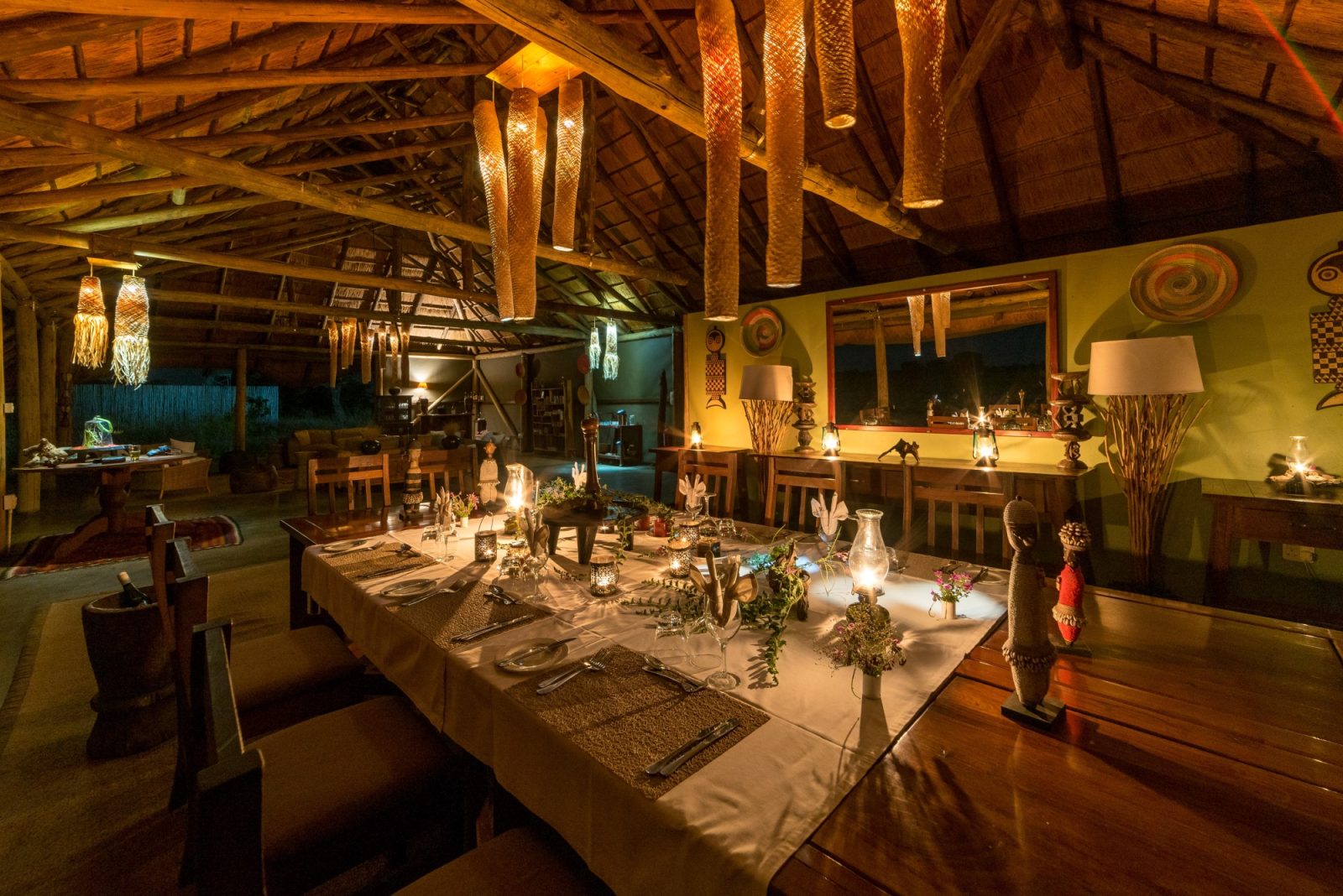

Camp Hwange lies in a concession within Hwange national park. This gives you the flexibility and more relaxed feel of a private reserve, but because it...
Chikunto Lodge
- Tim
- June 15, 2020
Chikunto Safari lodge- South Luangwa national park
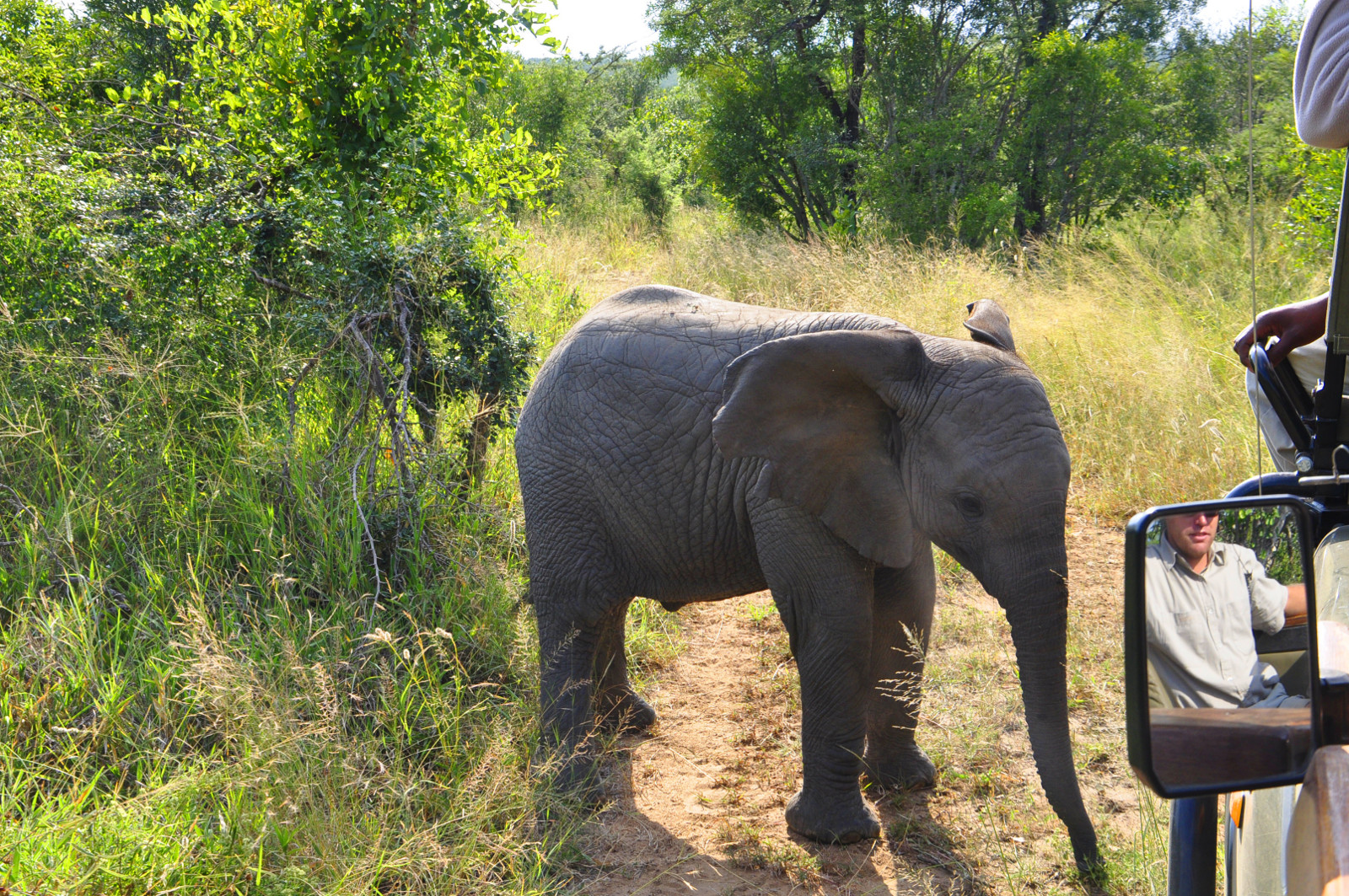
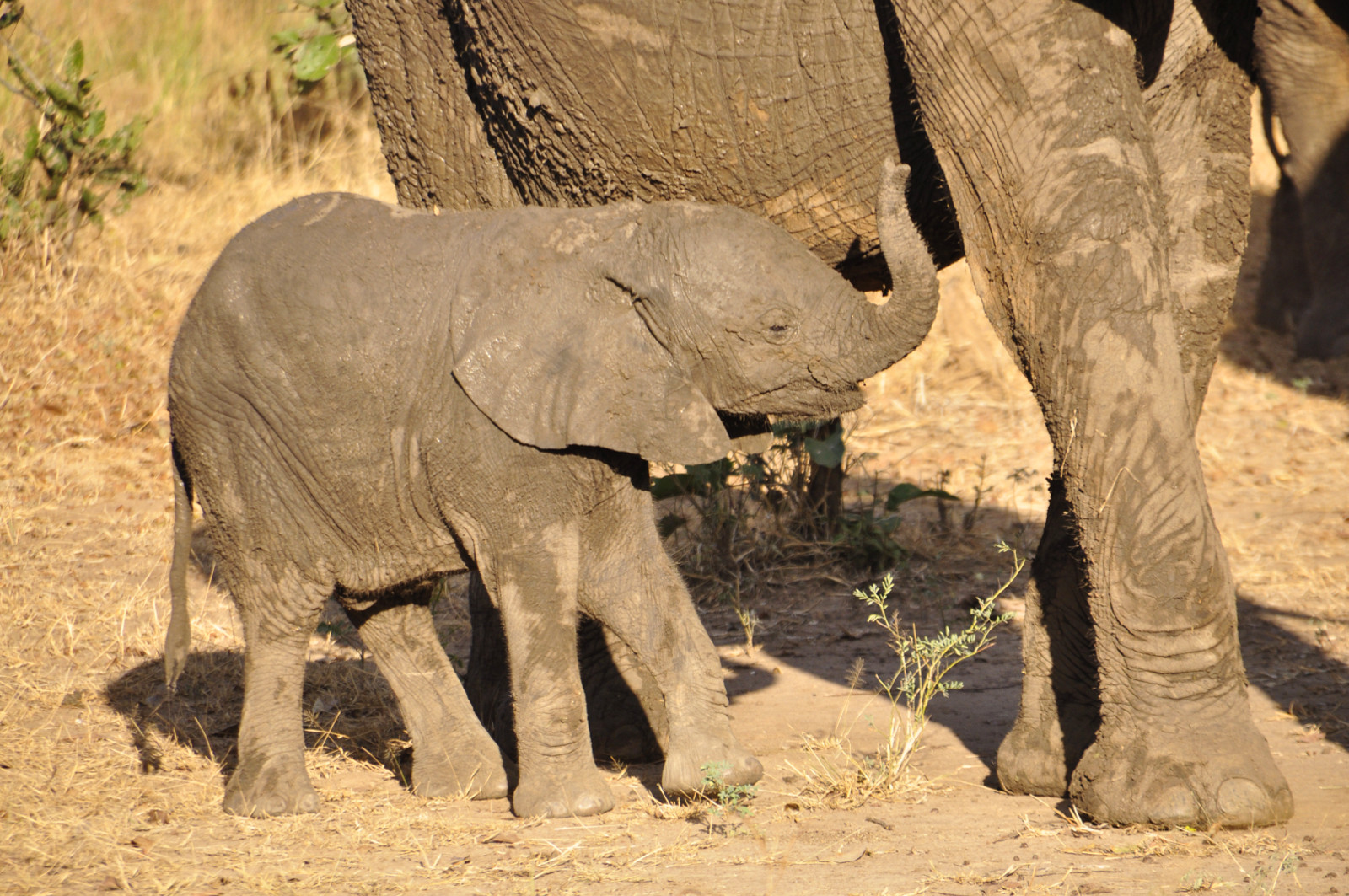
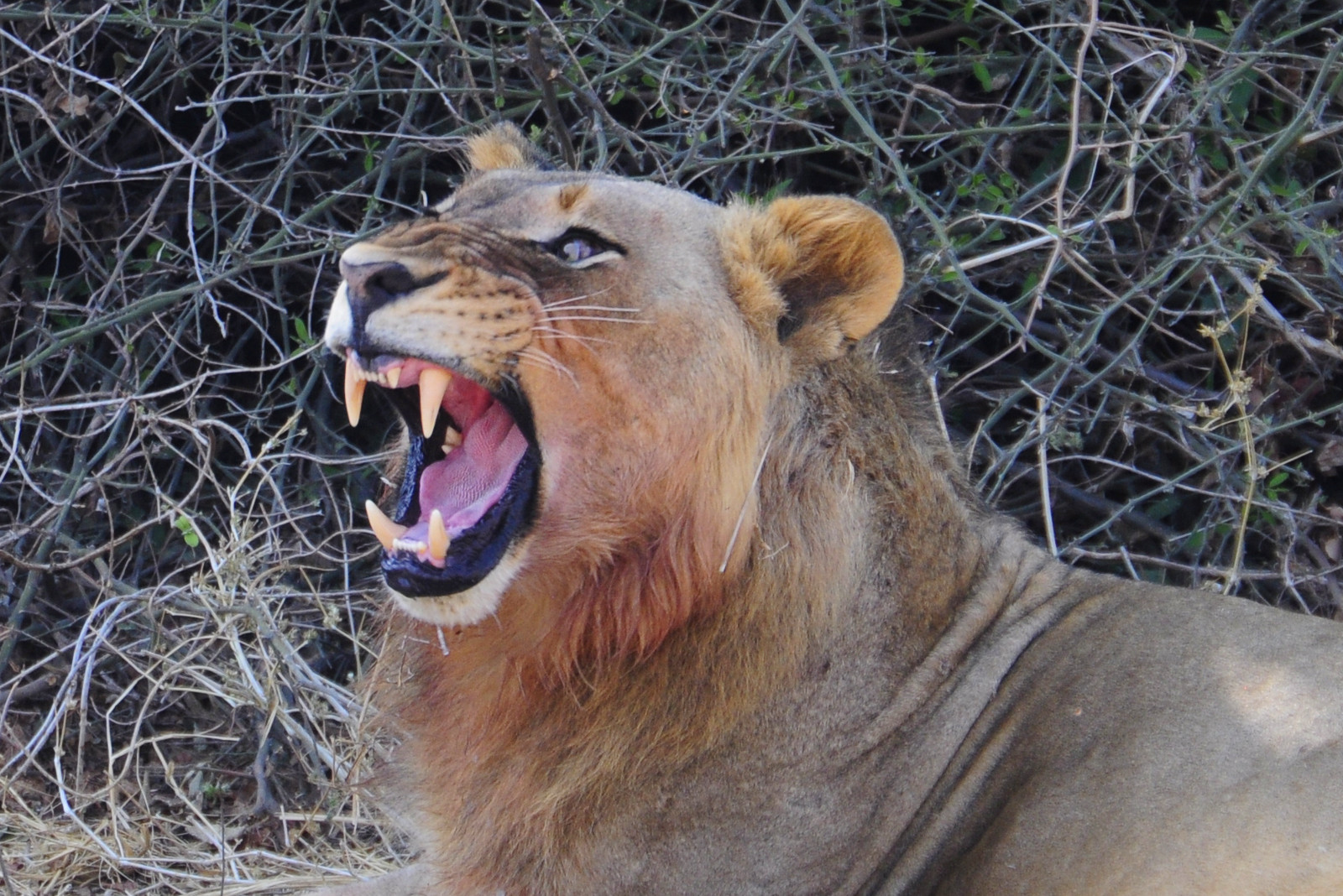
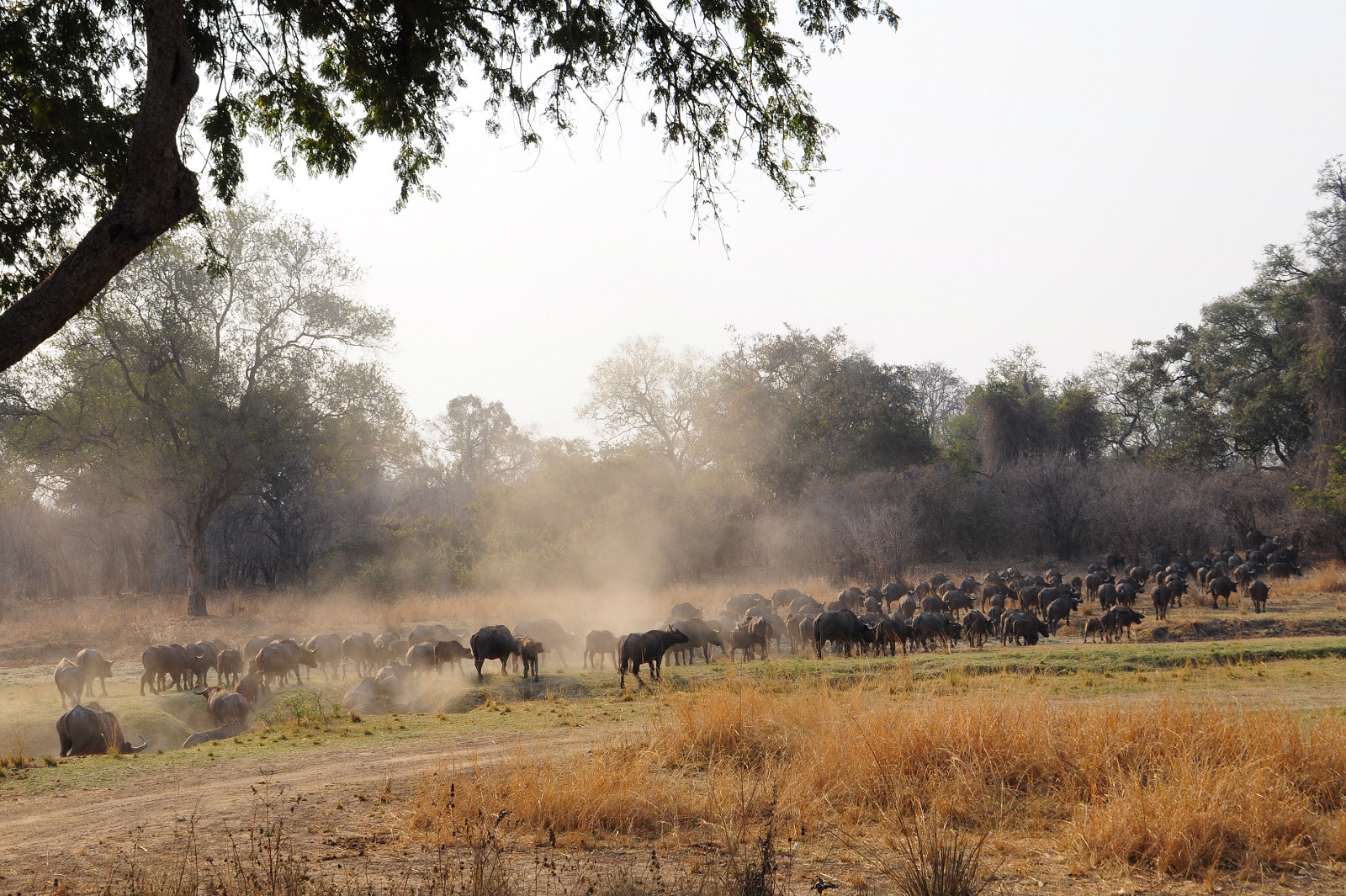
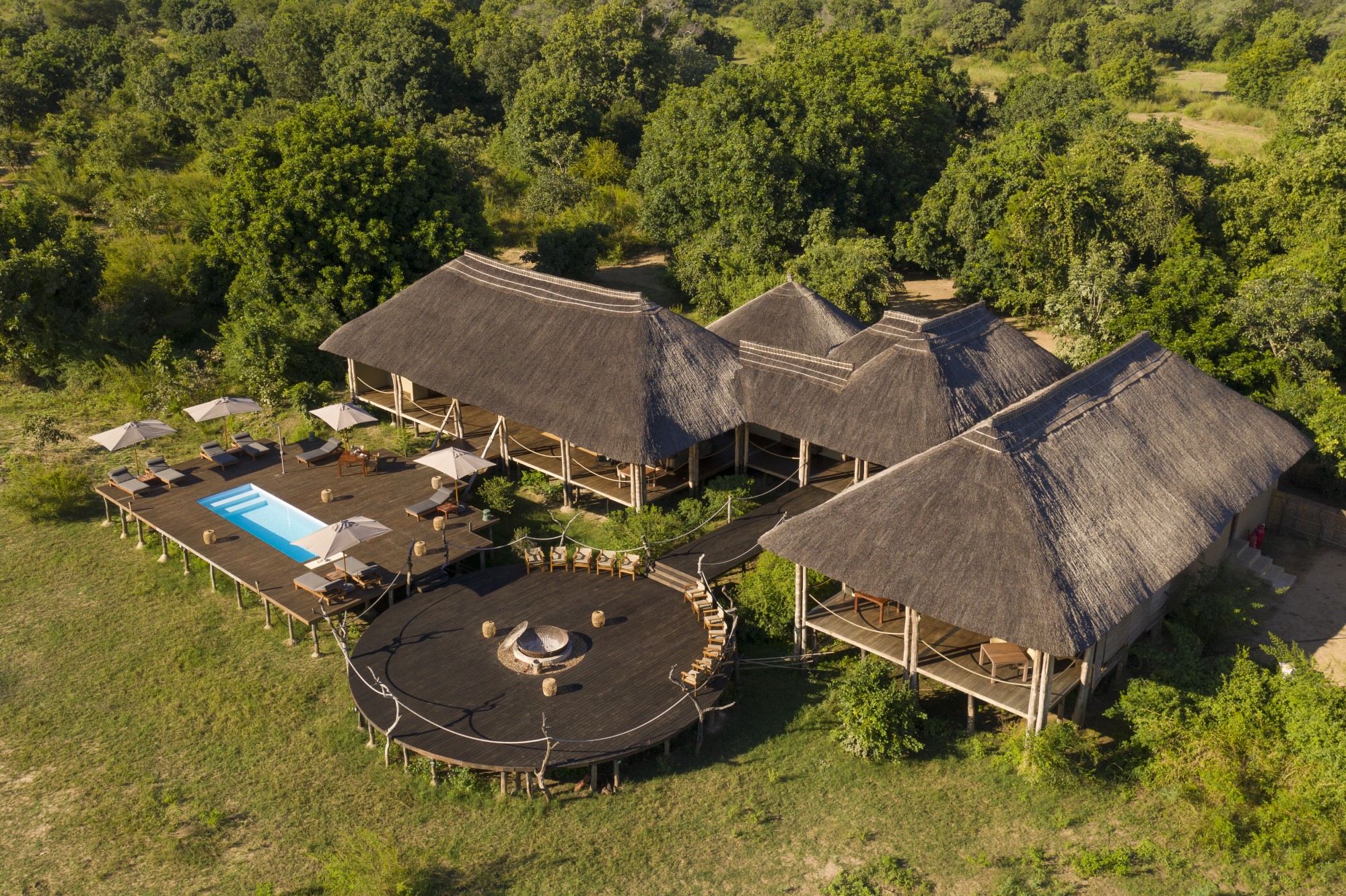
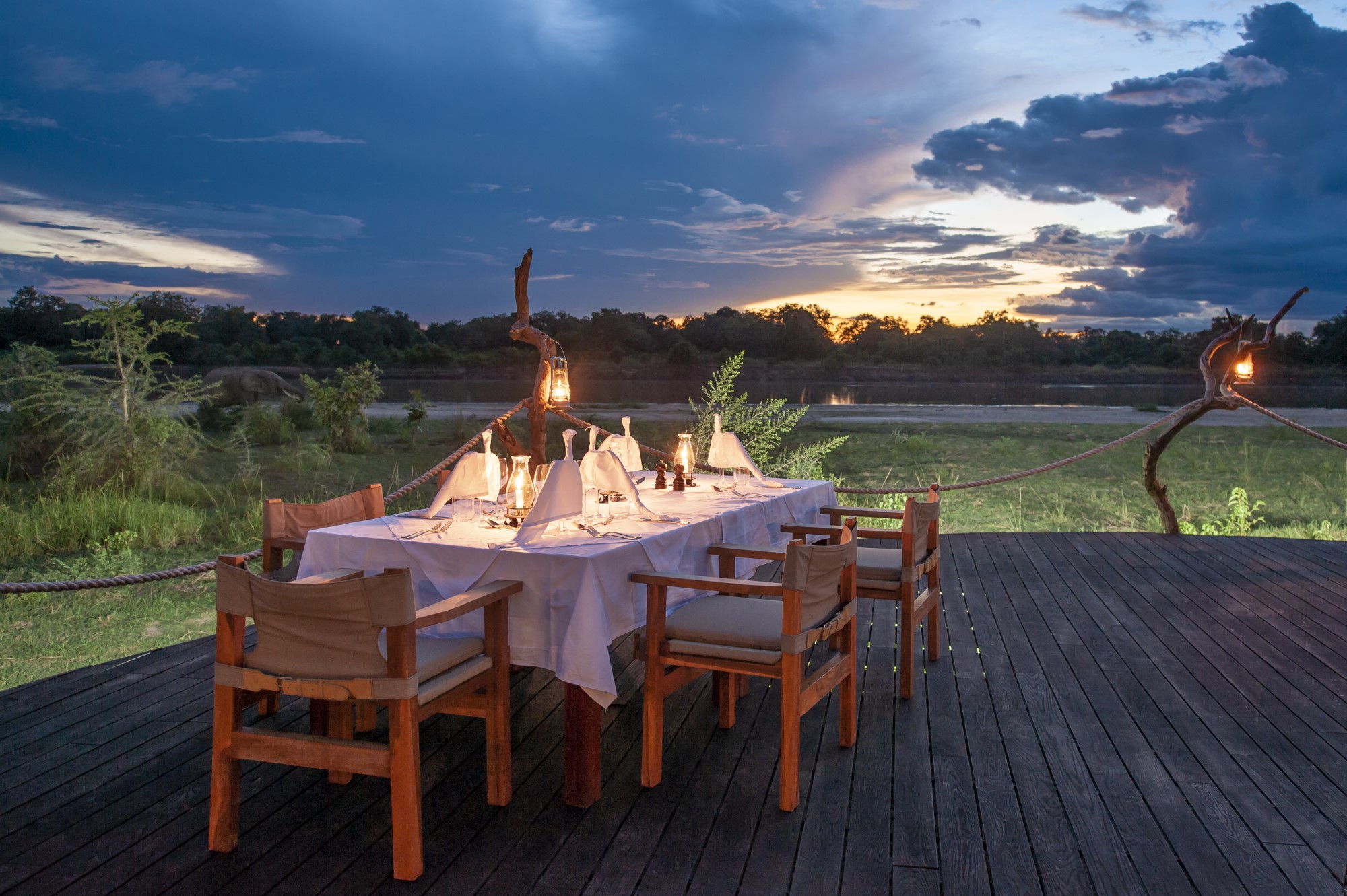
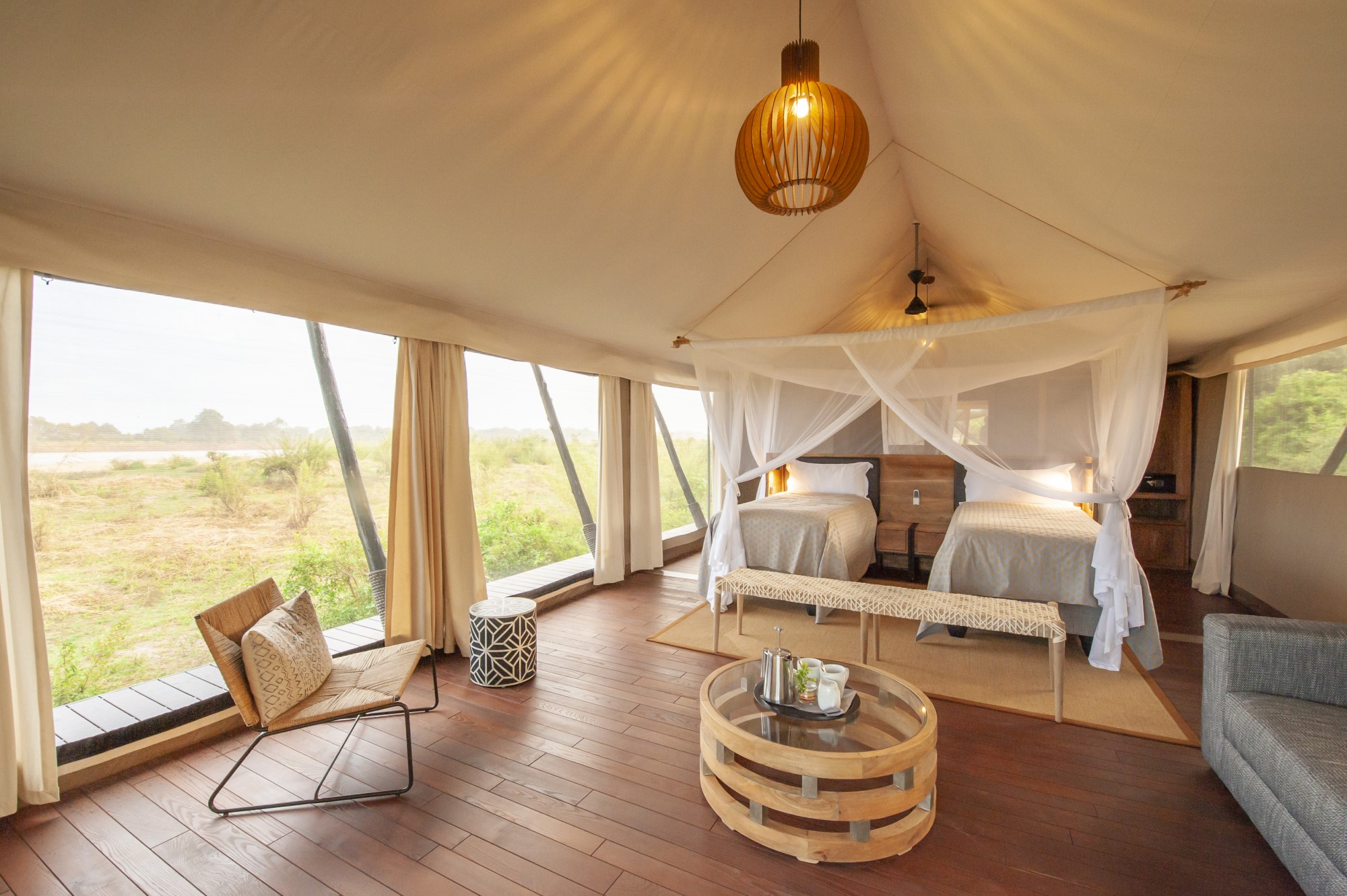
Chikunto Safari lodge lies within the South Luangwa national park of Botswana. with the whole lodge built on stilts, raising it about 1.5m...
KAZA Transfrontier park
- Tim
- June 5, 2020
Kalahari-Zambezi Ecosystem (KAZA)
Including Hwange,Chobe, Kafue national parks and protecting jewels of africa such as the Okovango Delta and the Victoria falls, this is likely to become one of the...
Pashumana lodge
- Tim
- May 2, 2020
Pamushana Lodge
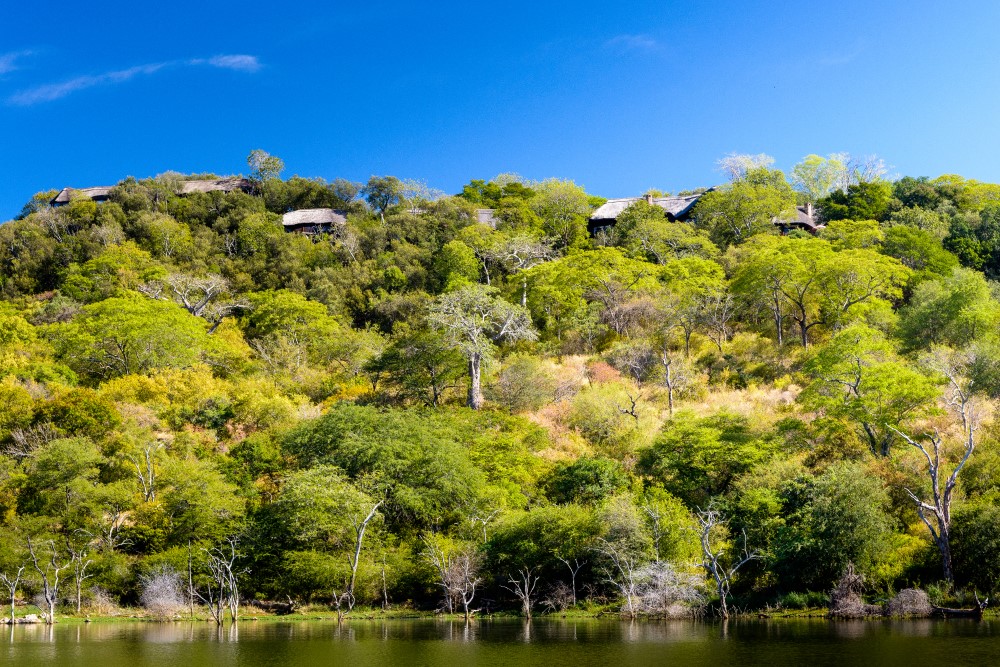

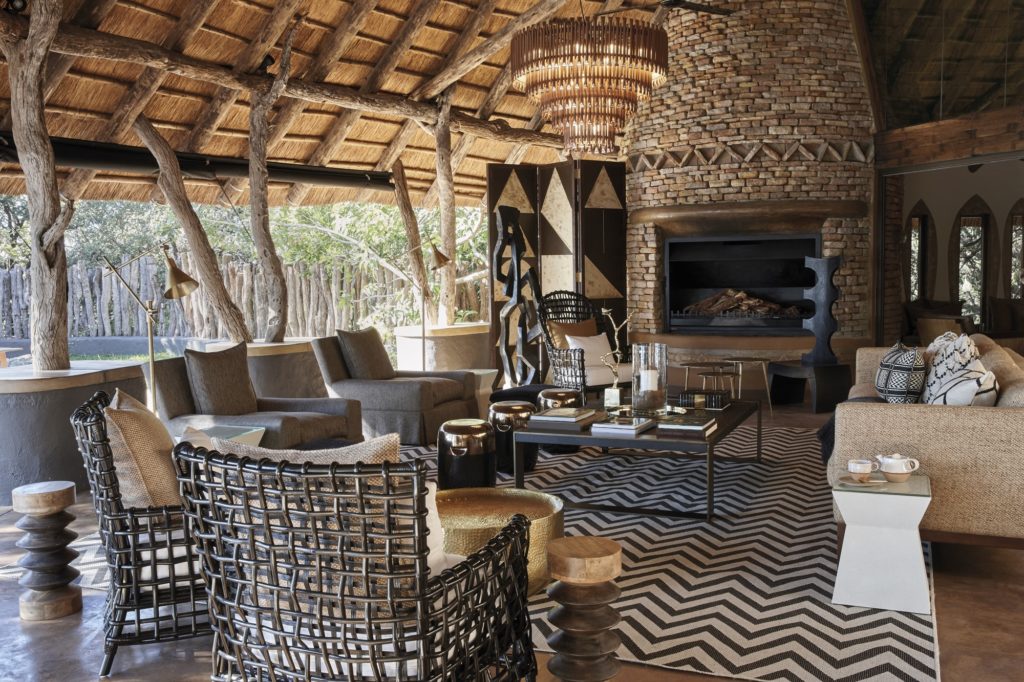
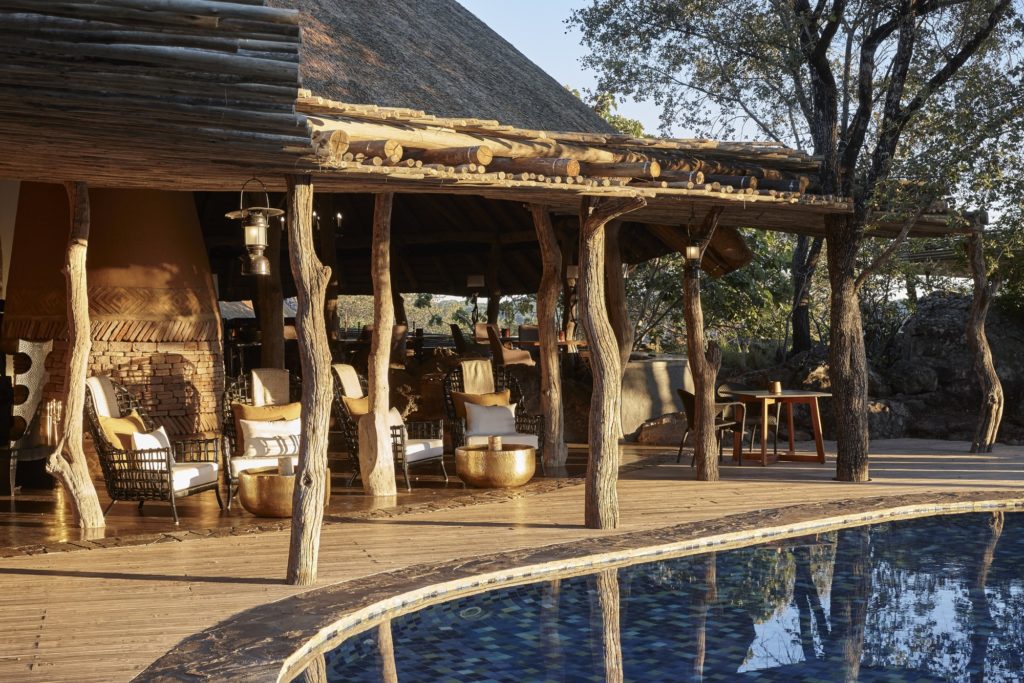
Pamushana Lodge is set within the Malilangwe Wildlife Reserve, a 502 square km wilderness refuge. The refuge borders the Gonarezhou National park of Zimbabwe, and forms...
Malilangwe House
- Tim
- May 2, 2020
Malilangwe House
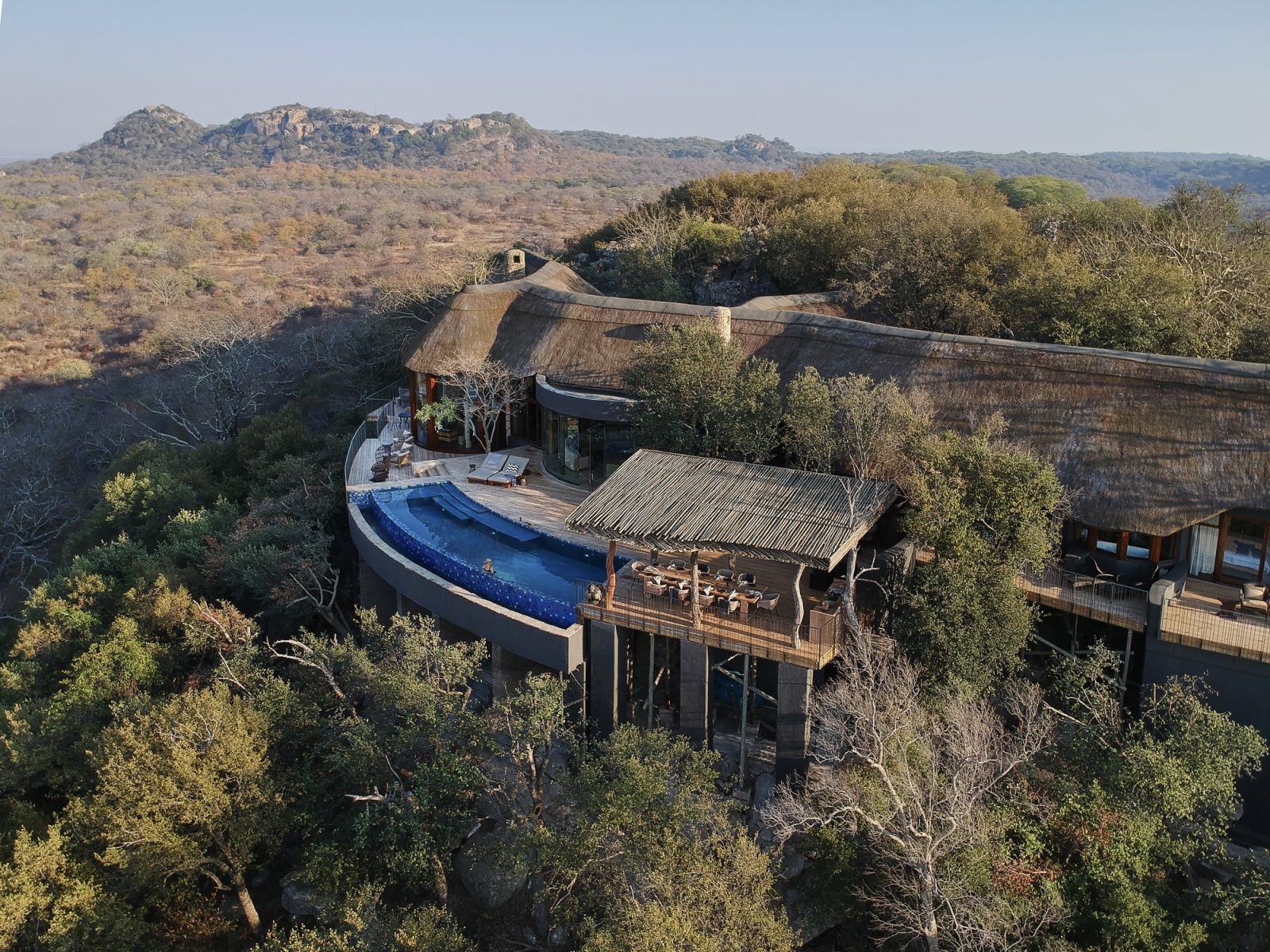


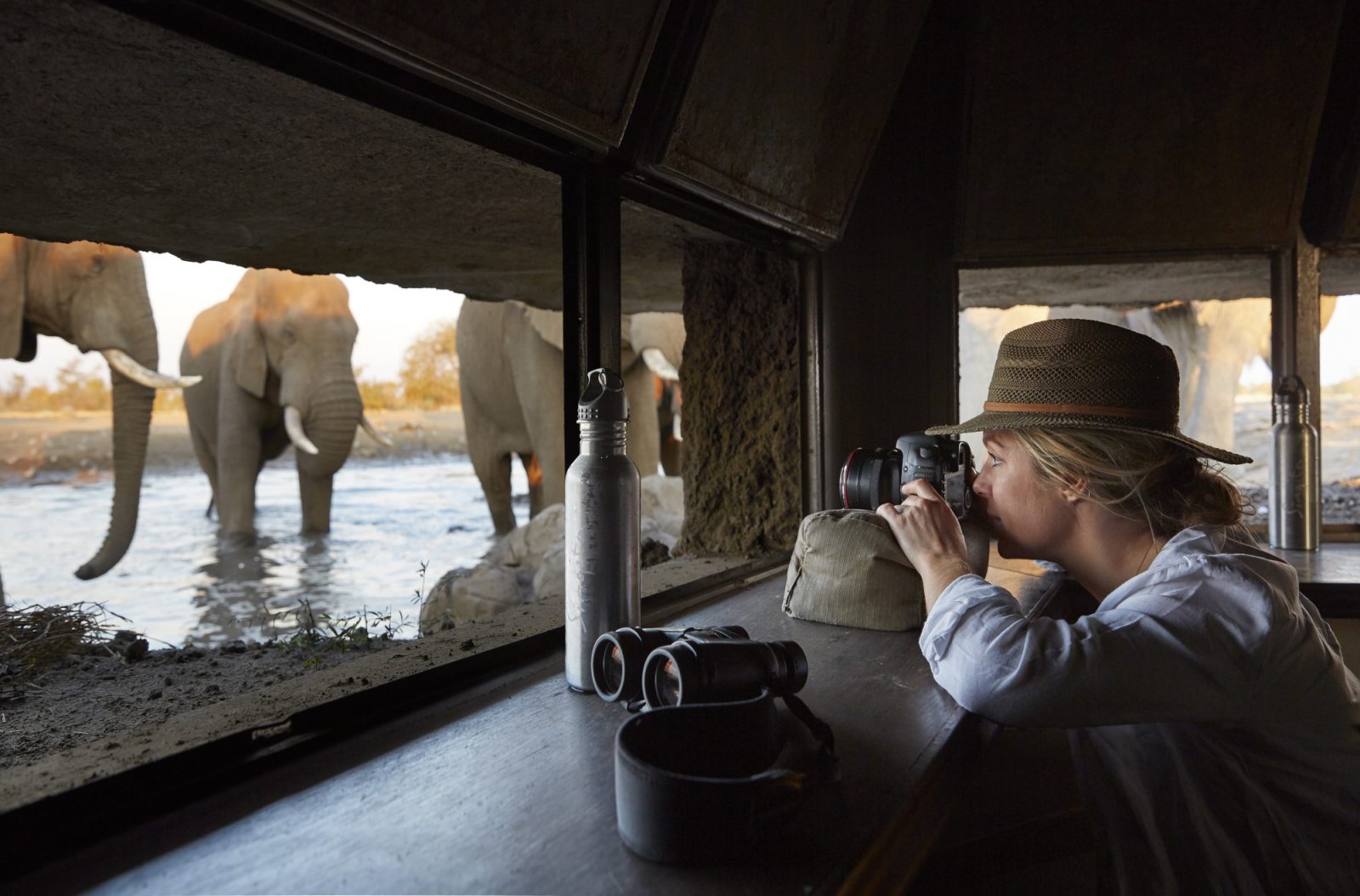
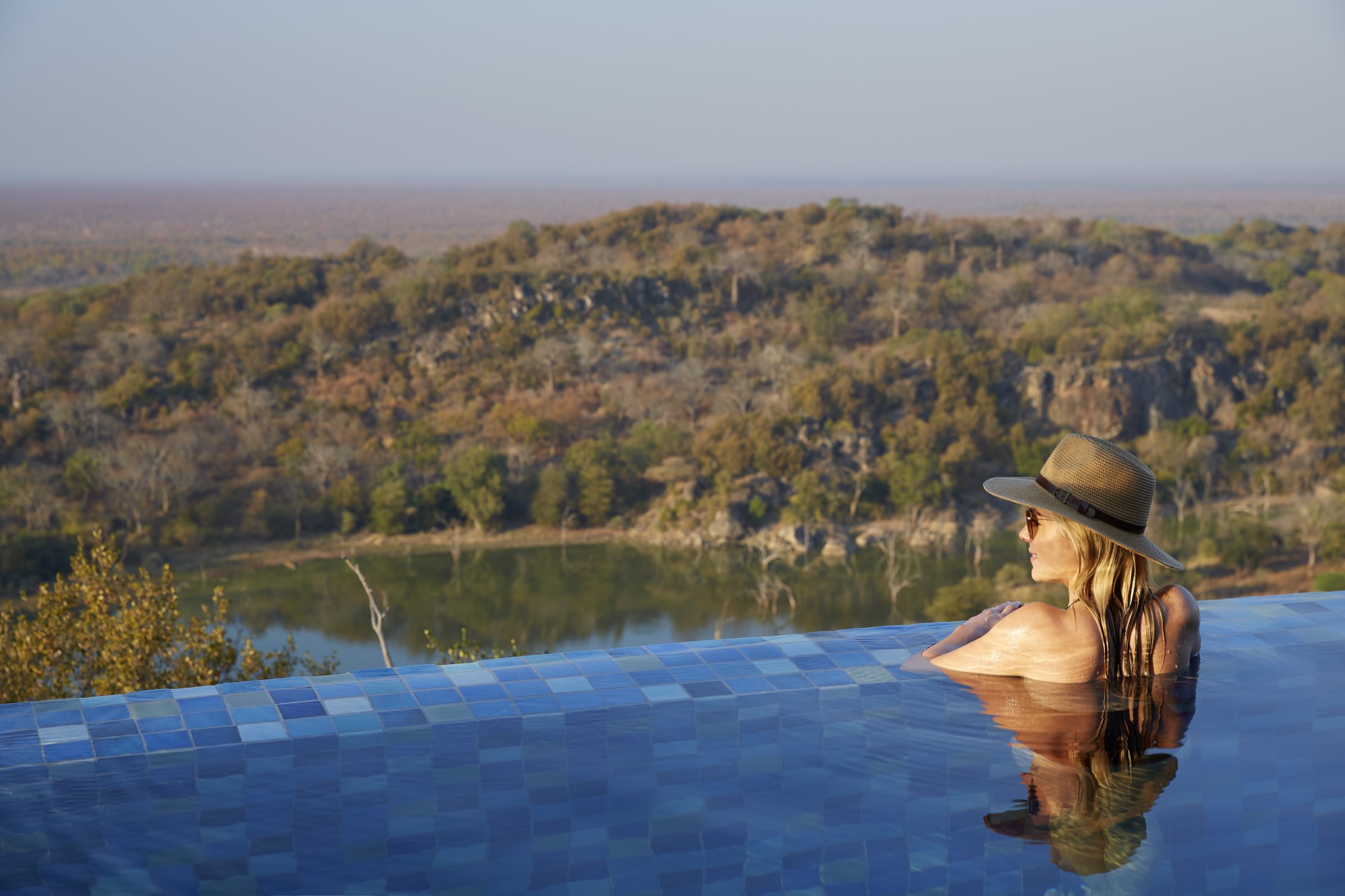
Malilangwe House is set within the Malilangwe Wildlife Reserve, a 502 square km wilderness refuge. Lying close to the Pamashuna lodge, it gives a similar experience,...
Faru Faru Lodge
- Tim
- May 2, 2020
Faru Faru Lodge
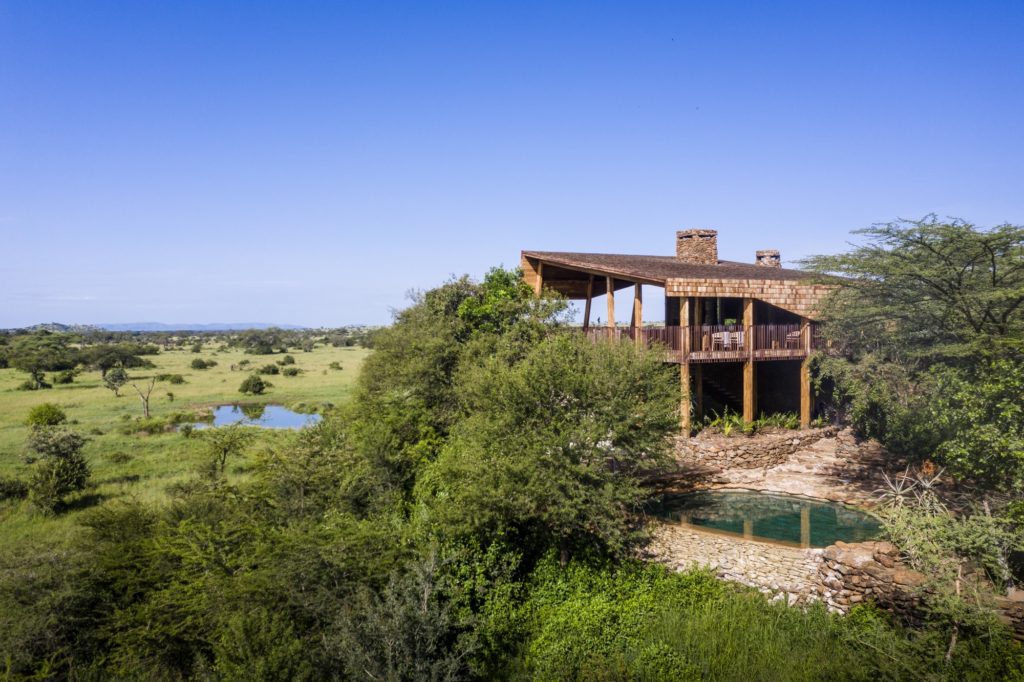




Assuming that a place you stay in the Serengeti is comfortable, the most important thing you are looking for is somewhere that you will see...
Boulders Lodge
- Tim
- May 2, 2020
Boulders lodge

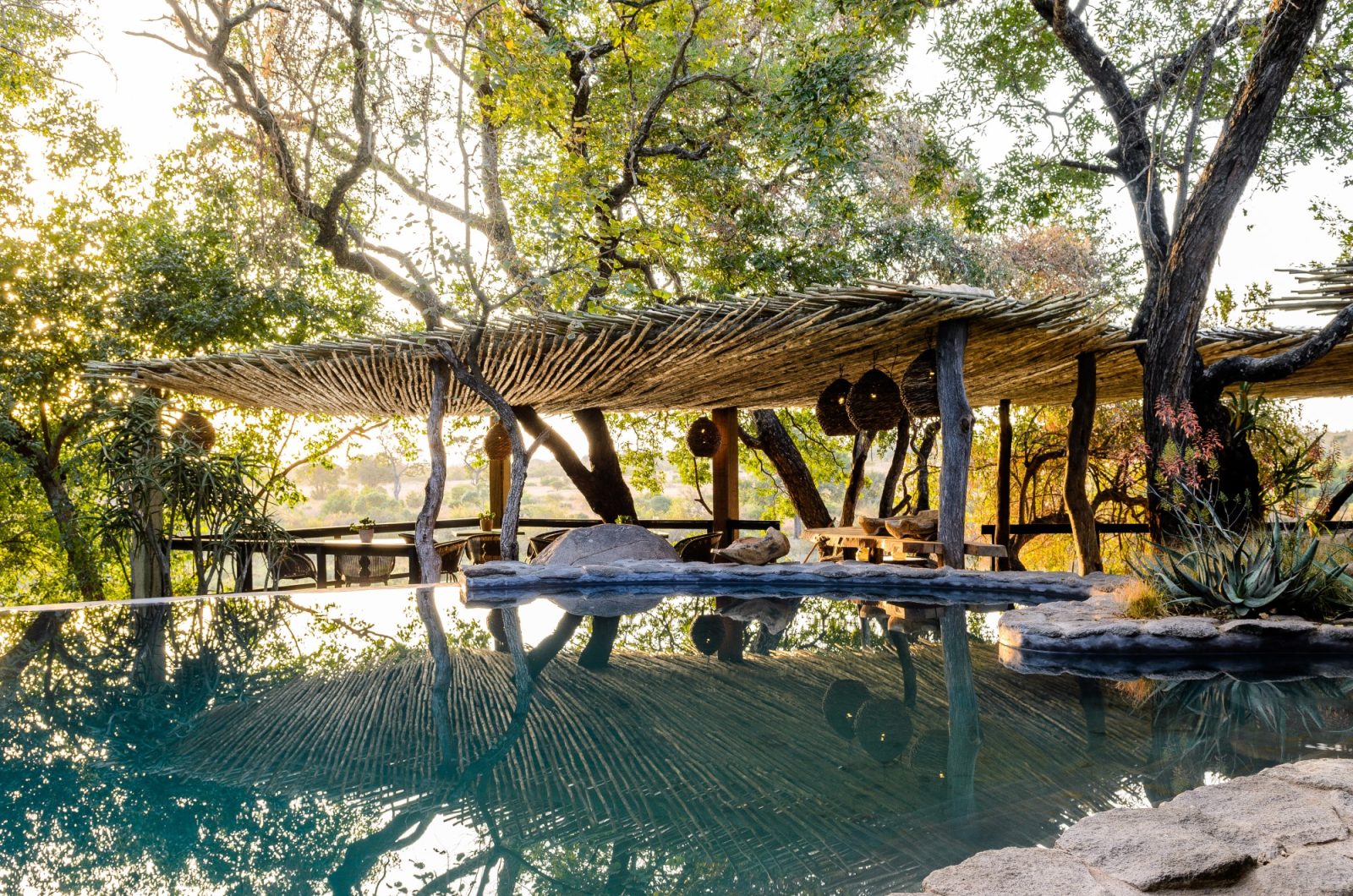
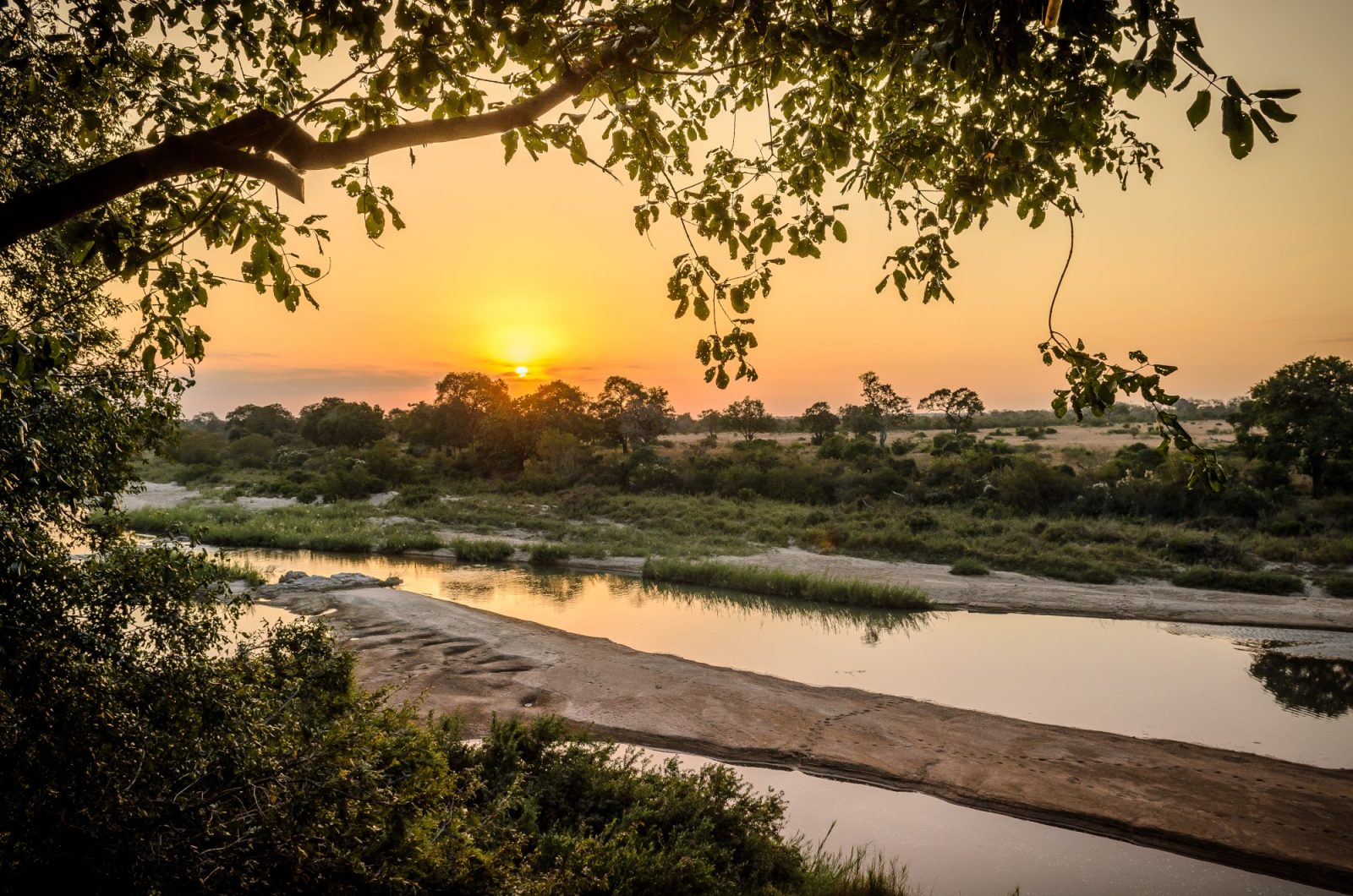
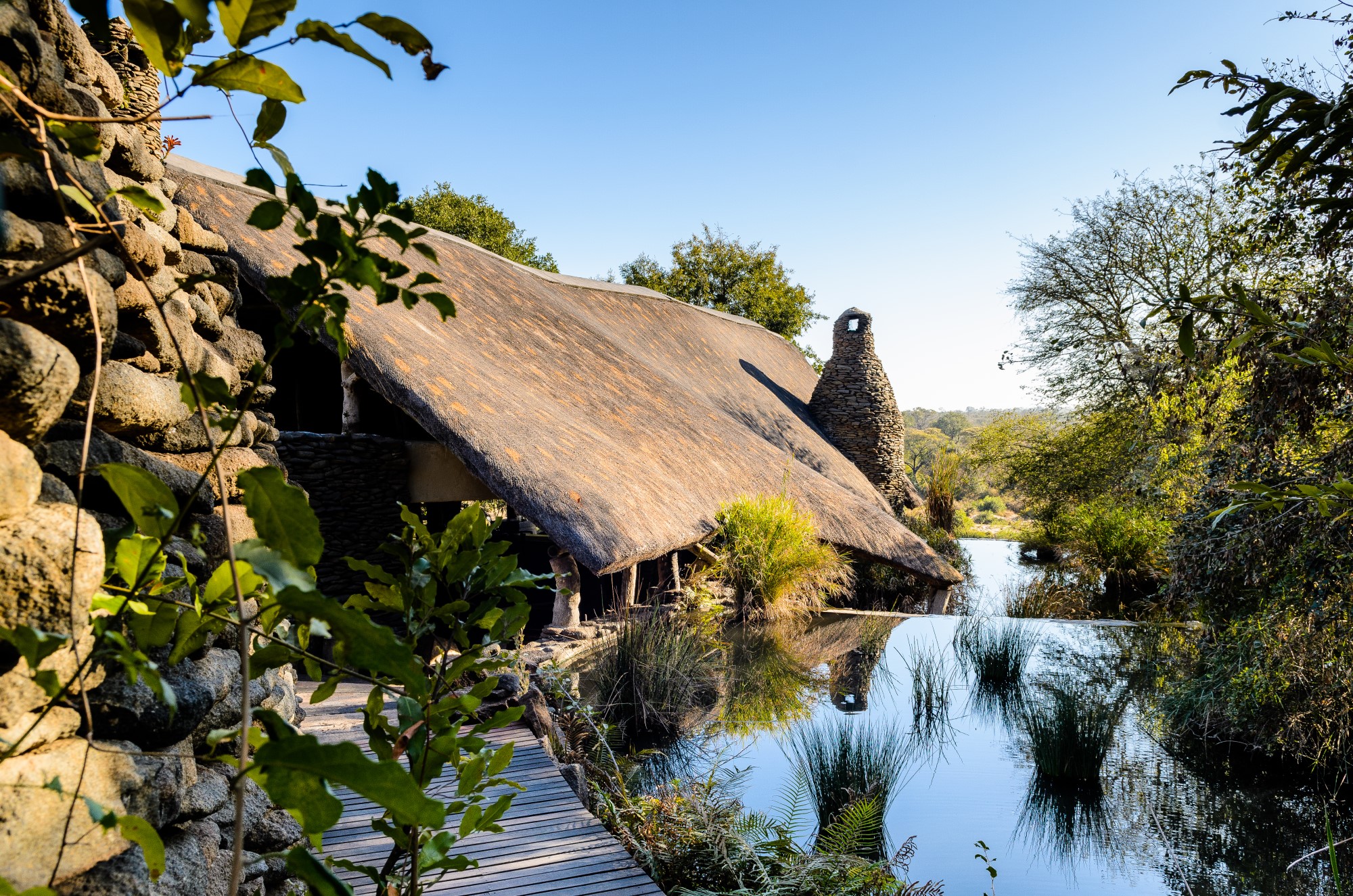
Boulders Lodge has one of the best locations possible for watching the wildlife from the lodge, as it overlooks the river so wildlife regularly walks past.
The lodge...
Limpopo ecosystem
- Tim
- March 14, 2020
Limpopo ecosystem
Kruger National Park, Sabi Sands, Pamushana National Park, the Jock concession and the Sweni Concession
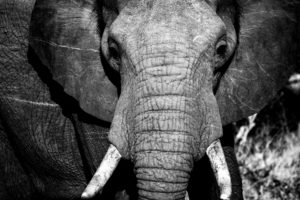
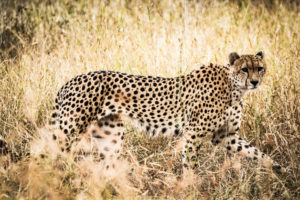

The Limpopo transfrontier park is a huge patchwork area of protected land. Including...
Lebombo lodge
- Tim
- January 29, 2020
Lembombo Lodge






Lembombo lodge is set on cliffs overlooking the N’wanetsi River. You can sit in comfort and watch the animals go by, or watch them play in the river....
Ebony Lodge
- Tim
- July 21, 2019
Ebony lodge
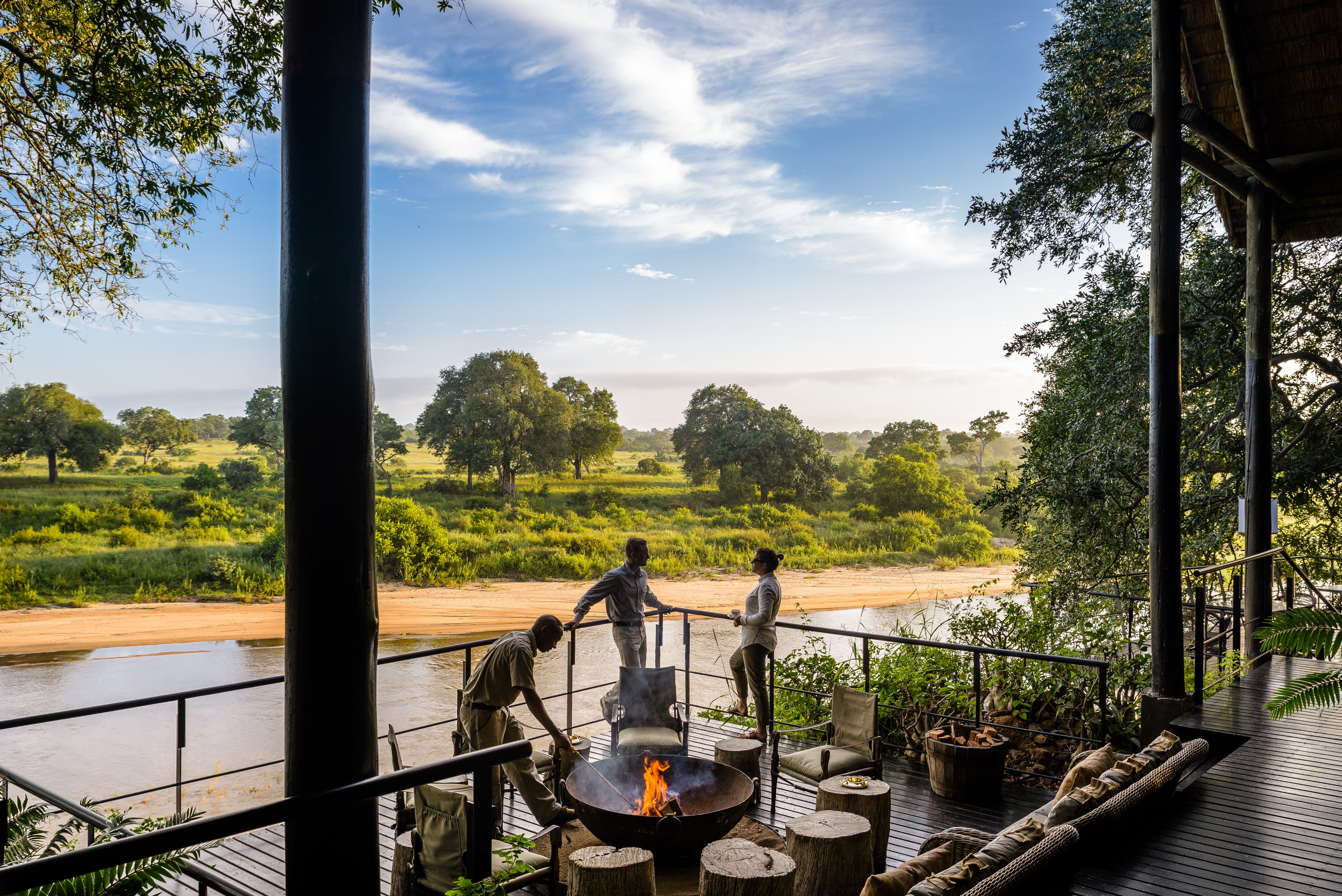
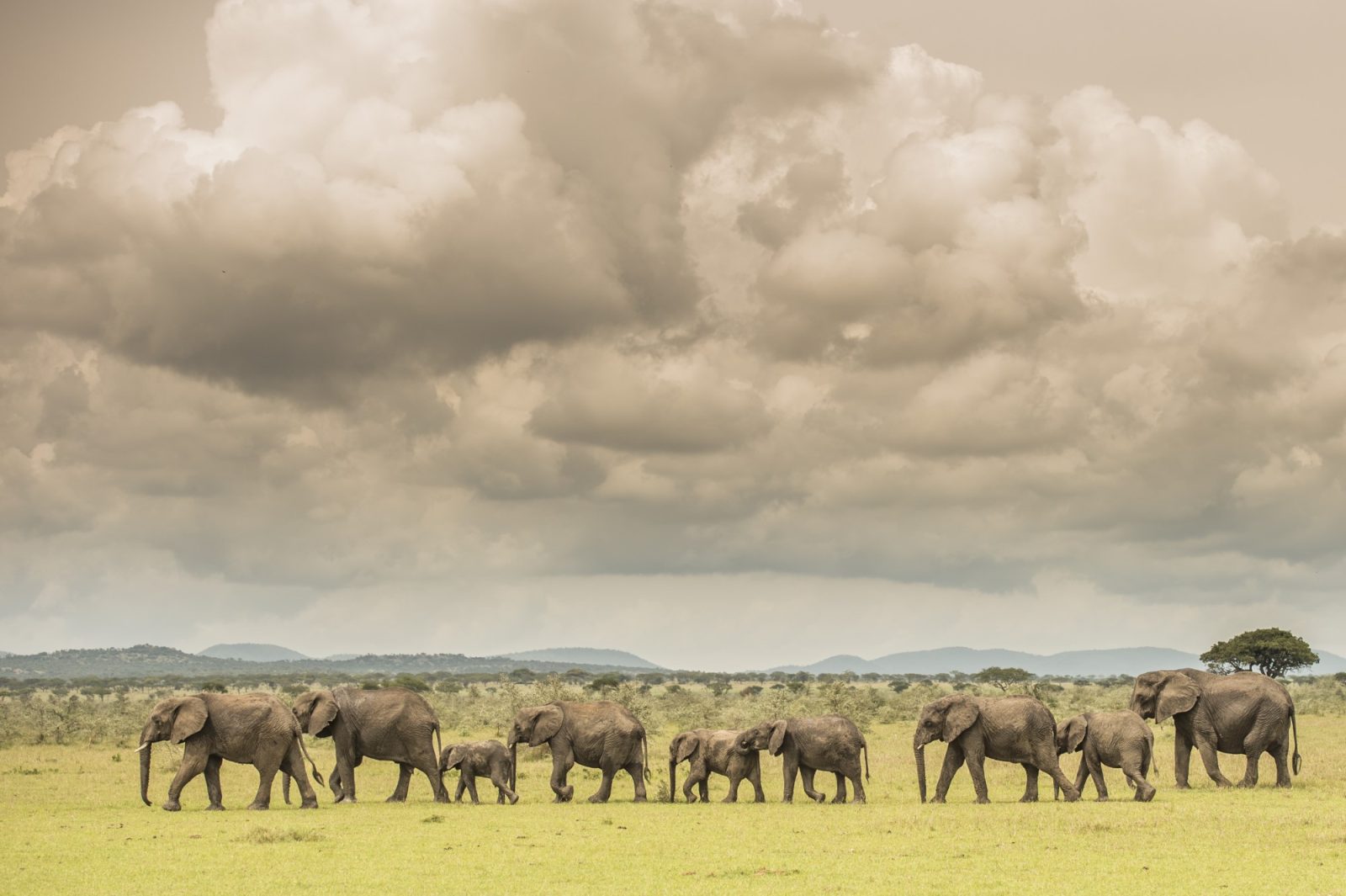
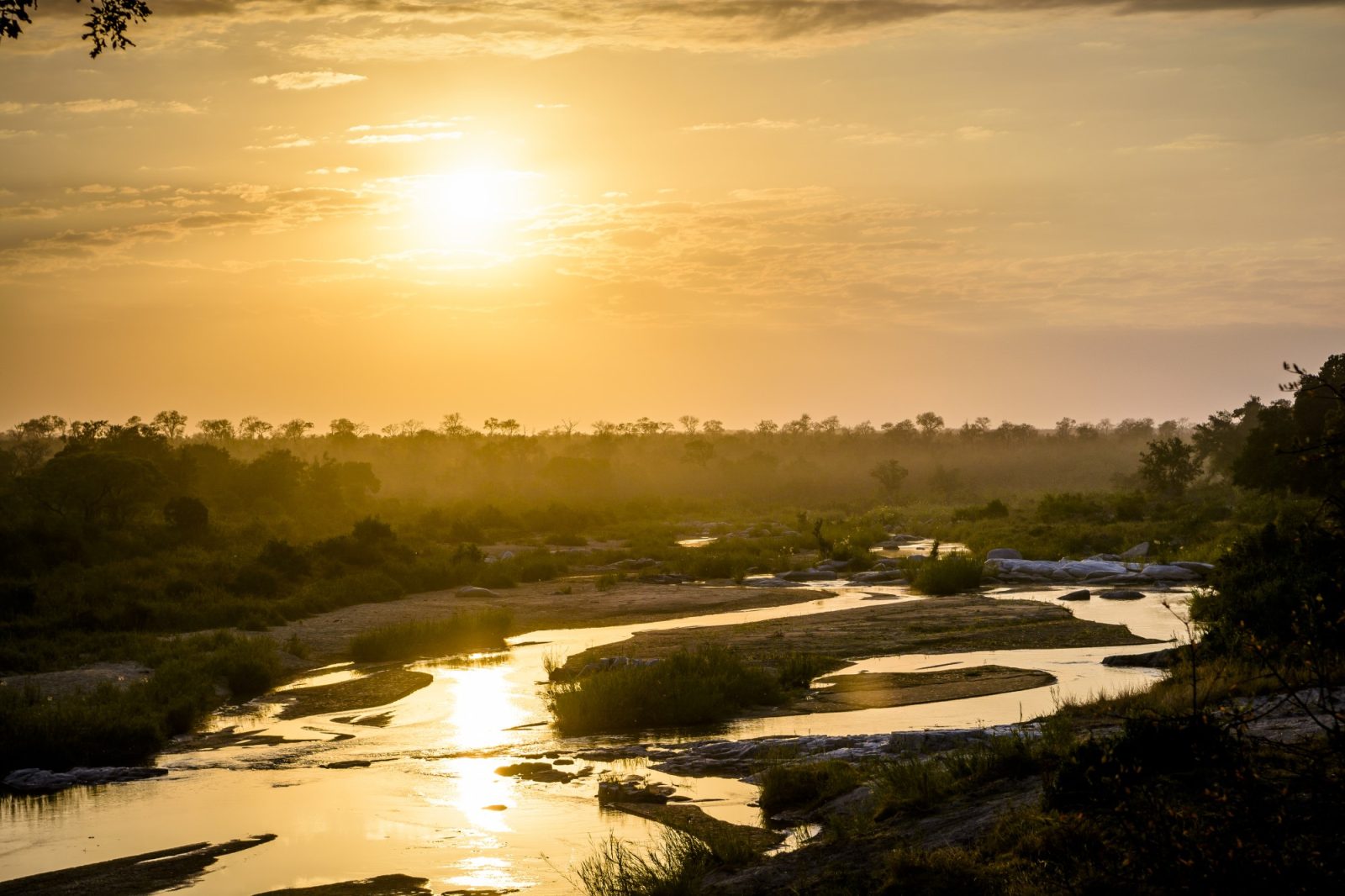

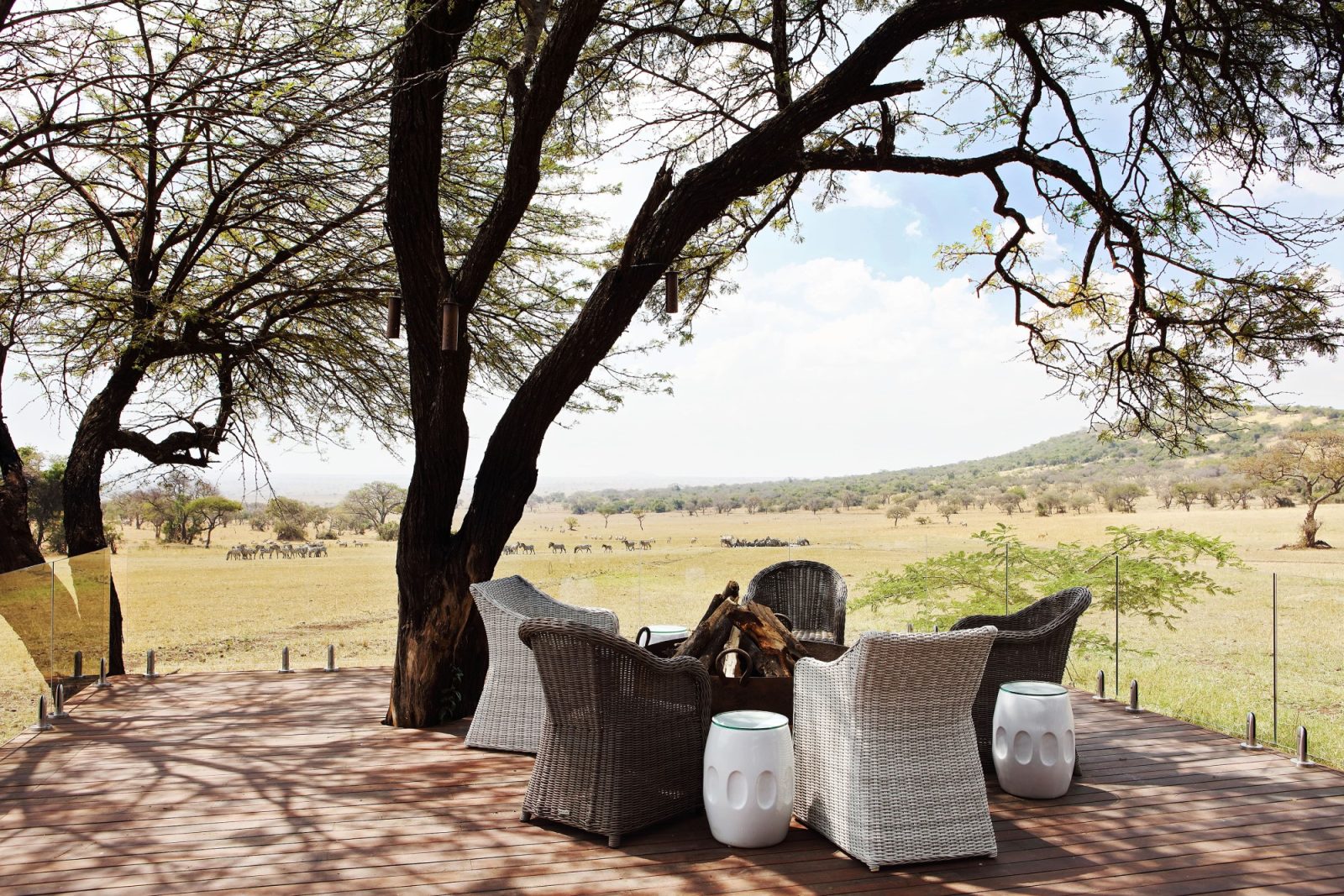
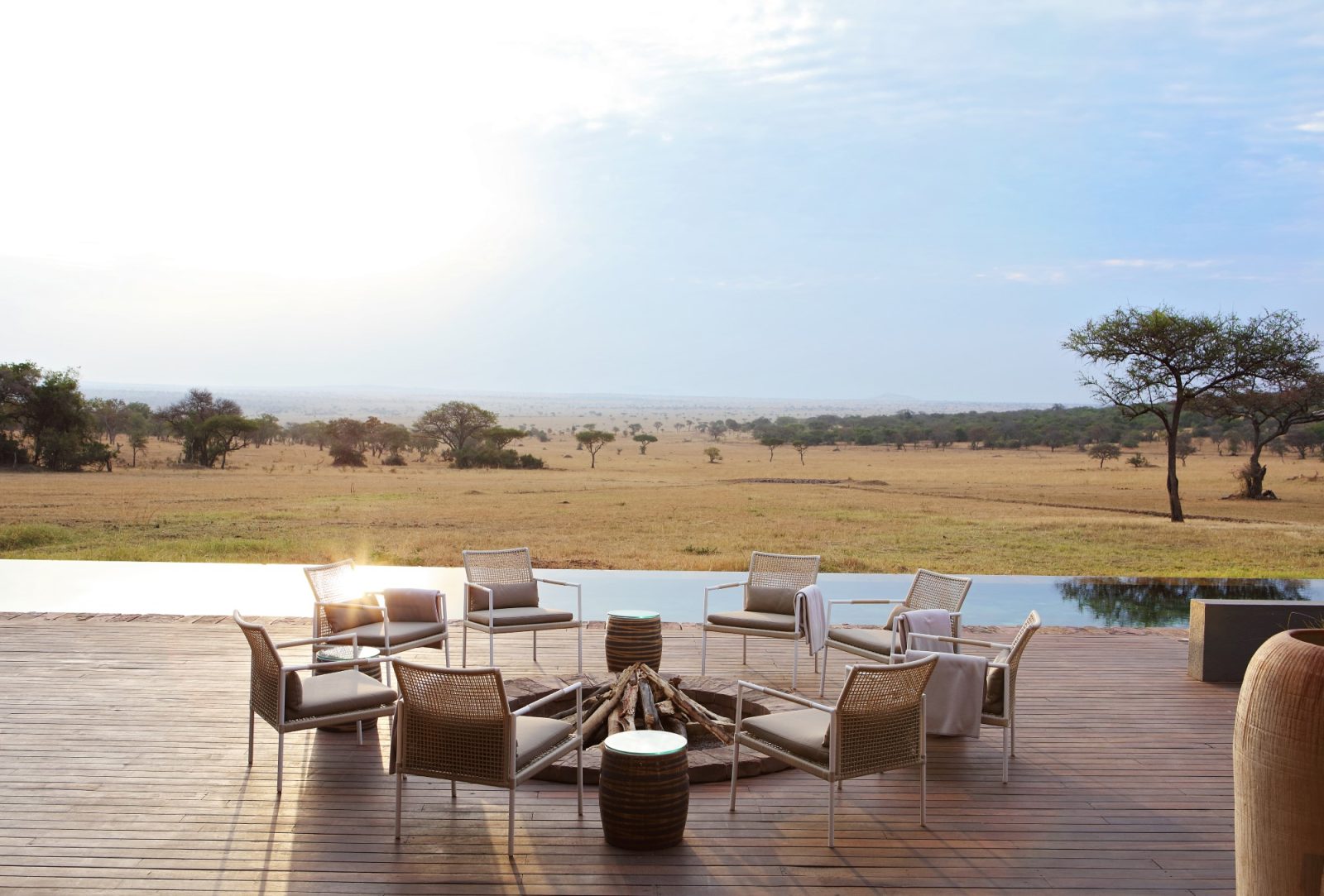
Ebony lodge has a fantastic location, set alongside the Sabi Sands river. This location means that even when resting in the lodge, animals will be visiting the river...
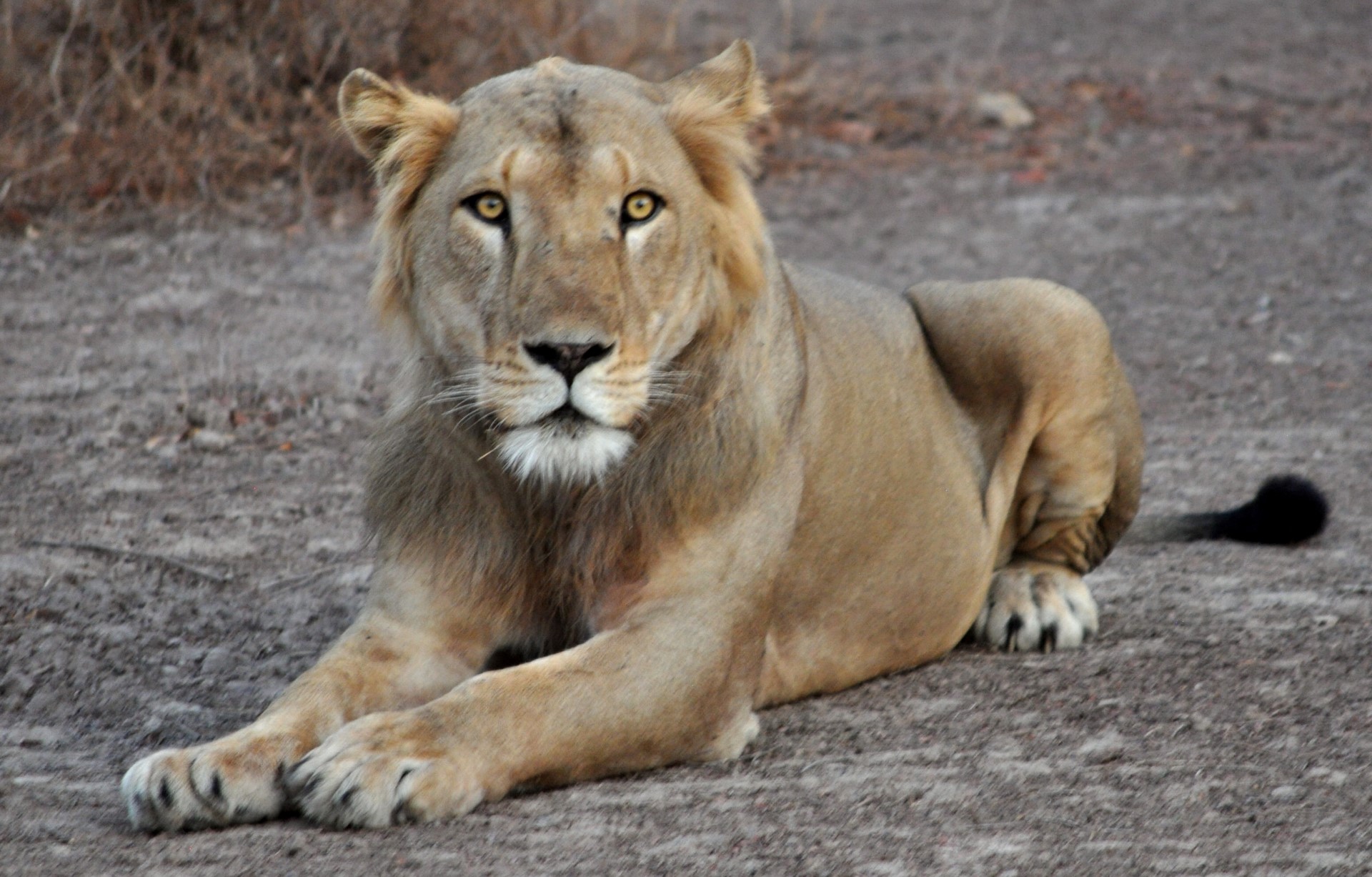
Known as Panthera Leo Leo, the Asiatic Lion is more complicated than once thought. Historically found throughout North, West and Central Africa, Large parts of Asia as well as throughout Southern Europe. Different parts of this huge area have been lost at different times. Oddly despite this, it appeared to be officially forgotten for some time, so that only recently it was demonstrated genetically that the West African lion and the Central African lion are the subspecies as the Asiatic lion, and as such there ar
e actually more Asiatic lions in Africa. As such, the Asiatic lion is split into 3 clades. Which will be handled separately.
So here, the west African Lion clade:
1. W-Arly-Pendjari Transfrontier park was estimated to hold 250-500 members (it should be noted that it is likely close the botto at the current time)
2. Senegal’s Niokolo-Koba national park formerly a stronghold, the number of lions as low as 30 at the moment (down from as high as as 120 in 1996)
3. Waza national park, Cameroon is was thought to host 14-21 lions in 2010, I dont know what has happened since
4. Kainji Lake National Park, Nigeria is thought to host around 30, while Yankara may only have 5 left.
5. Bénoué ecosystem: (Faro, Bénoué and Bouba-Ndjidda national parks as well as 32 hunting areas, covering 30,000 square km) contains 250 lions
Are these over-estimates? A significant number of sources claim just 250 in the world, though others suggest around 400. Having said that, should we assume the minimum population for the WAP complex and Benoue estimate being accurate (studies are recent and thorough) this gets us to to over 400 already.
What is unfortunate though is the populations in the other 3 reserves.
Having said that, back around 1900 there was only an estimated 20 lions left in India, so a similar recovery could give each of these reserves a 400 population in 50 or so years. I would estimate given the reliability of these numbers that at the time of the study in 2020 the total population numbered around 800. though even half of this would be enough for a recovery over a relatively short term.
The western and the central lion population was (relatively recently) far larger. 1900 it is thought that there may have been as many as 200,000. Even as recently as 1970 there were thought to have been 90,000.
Unfortunately, at the current time, I have no links in these place – but would love to, please get in touch if you work in one of these reserves, we would love to help people find you.
West african Lion spotted in a reserve in Chad that has not recorded one since 2004
- Tim
- April 27, 2023
A lioness has been spotted in a reserve in Chad, which has not recorded one since 2004!
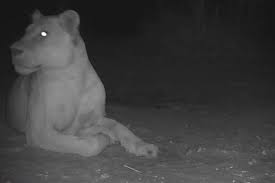
The stronghold of the west African lions
- Tim
- September 5, 2022
Yesterday, I wrote about the last lions of Nigeria. In Nigeria, there are just 2 populations of lions totalling 35-40. While this is good for the places that the lion...
One of the four remaining viable west African Lion habitat has been badly treated but perhaps it is now on the mend.
- Tim
- May 22, 2022
West African lions are heavily endangered with just 400 members remaining. While the west African population of the Asiatic lion is less at risk than the Gir forest population -...
West African Lions
- Tim
- February 27, 2018
South Africa’s ruling party (the cabinet) has approved plans to phase out lion farming and private rhino breeding
- Tim
- July 15, 2024
Current African reserves could support 83,000 lions?
- Tim
- October 2, 2022
The decline in African Lions has been pretty constant and totally devastating. Just 100 years ago, there were about 200,000 lions in Africa (some estimates suggest as many as 500,000...
A recent assessment only found as few as 34 wild lions left in Nigeria, how long can they hang on
- Tim
- September 4, 2022
Lions have been lost from a huge area in Africa. Already extinct in 26 countries in Africa, there are perhaps as few as 15,000 lions left. Furthermore, most of these...
South African cheetah to be introduced into India
- Tim
- November 17, 2021
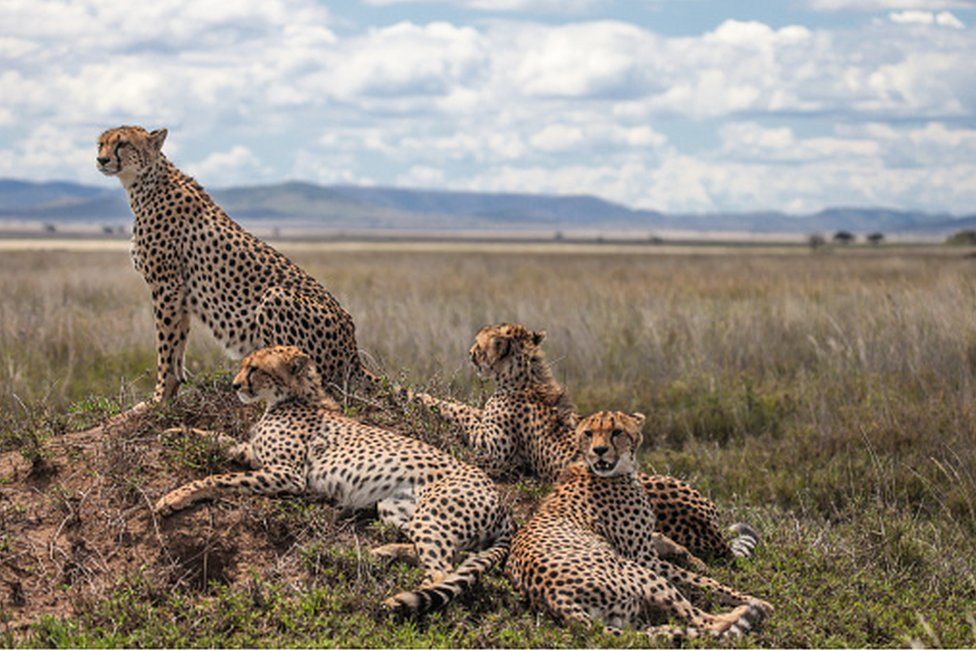
There is an impressive wealth of cats living in India. From the Indian tiger (known throughout the...
Could Indian Lions help return the Barbary Lion? Is it even a separate species?
- Tim
- October 26, 2021
In some ways, recent discoveries should have been made long ago. Asiatic lions historic distribution stretched across Asia, north Africa, and Southern Europe.
Given that the Barbary Lions historic range...
Asiatic lions are found in only one place, yet local government authorities refuse to move any
- Tim
- April 18, 2021
The asiatic lion only continues to exist in the For national park. When this area was first protected, the lion population had fallen very low, some saying a matter of...
A place where the African Lion lives alone
- Tim
- March 16, 2021
The stereotypical image of wild lions, is generally that of a group lying on there back in the middle of the open plains, snoozing.
However, this is not necessarily the...
African wild dog escape in the West Midlands Safari Park and what are they going to do?
- Tim
- March 8, 2020
African wild dog are some of the most efficient hunters on the planet. Significantly smaller than lion or leopard, often even than cheetah, African wild dogs are astoundingly efficient when...
Southern African countries Zimbabwe, Botswana, Angola and Namibia are calling for an end to the ban on ivory sales
- Tim
- July 20, 2019
This group of Southern African countries are once again raising the prospect of them selling the ivory that they have accumulated over the years. In the majority of African countries...
Living alongside….. Lions
- Tim
- June 11, 2019

Lions are amazing animals to encounter while you are on holiday. They are fascinating animals and given their ability to hunt they hold a certain danger which...
The British Conservative party are breaking a pledge to end lion trophy imports
- Tim
- February 20, 2019

Despite a pledge by the UK government in 2013 to halt lion trophy imports there are still roughly five a...
A second home for Asiatic Lions
- Tim
- March 11, 2018
You think pangolins greatest threat is the poaching? not everywhere, what is worse?
- Tim
- June 5, 2023
Pangolins are bizarre animals!
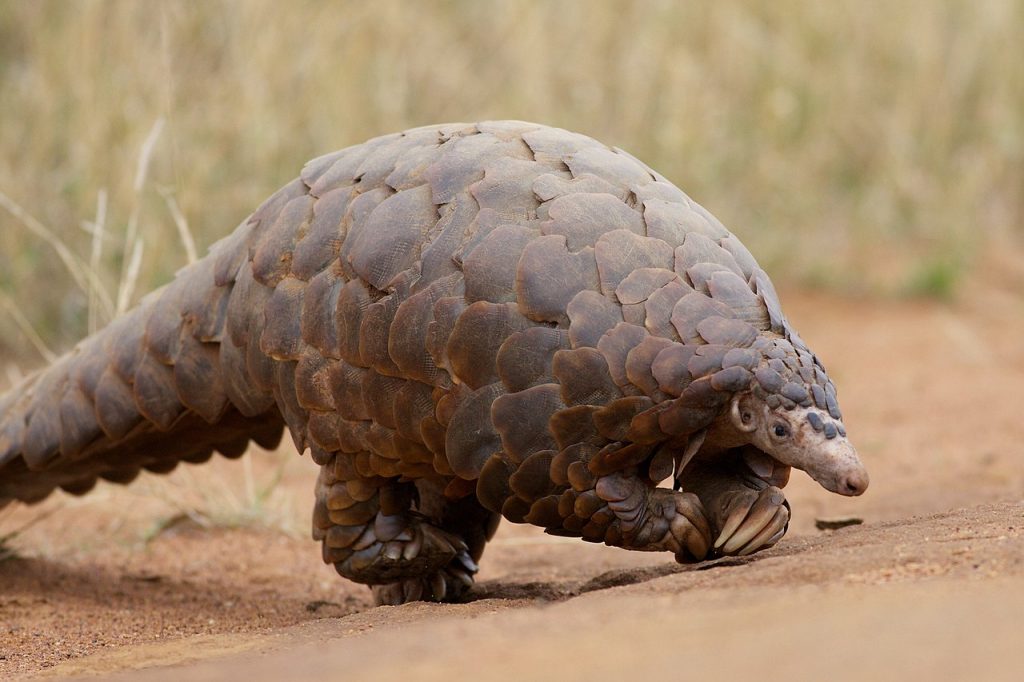
How many of you knew about a pangolin? How many of you...
Species watch
- Tim
- May 11, 2022
I am intending to make this into a new set of articles that will appear on this website. Obviously, these species will not be the only ones that are covered...
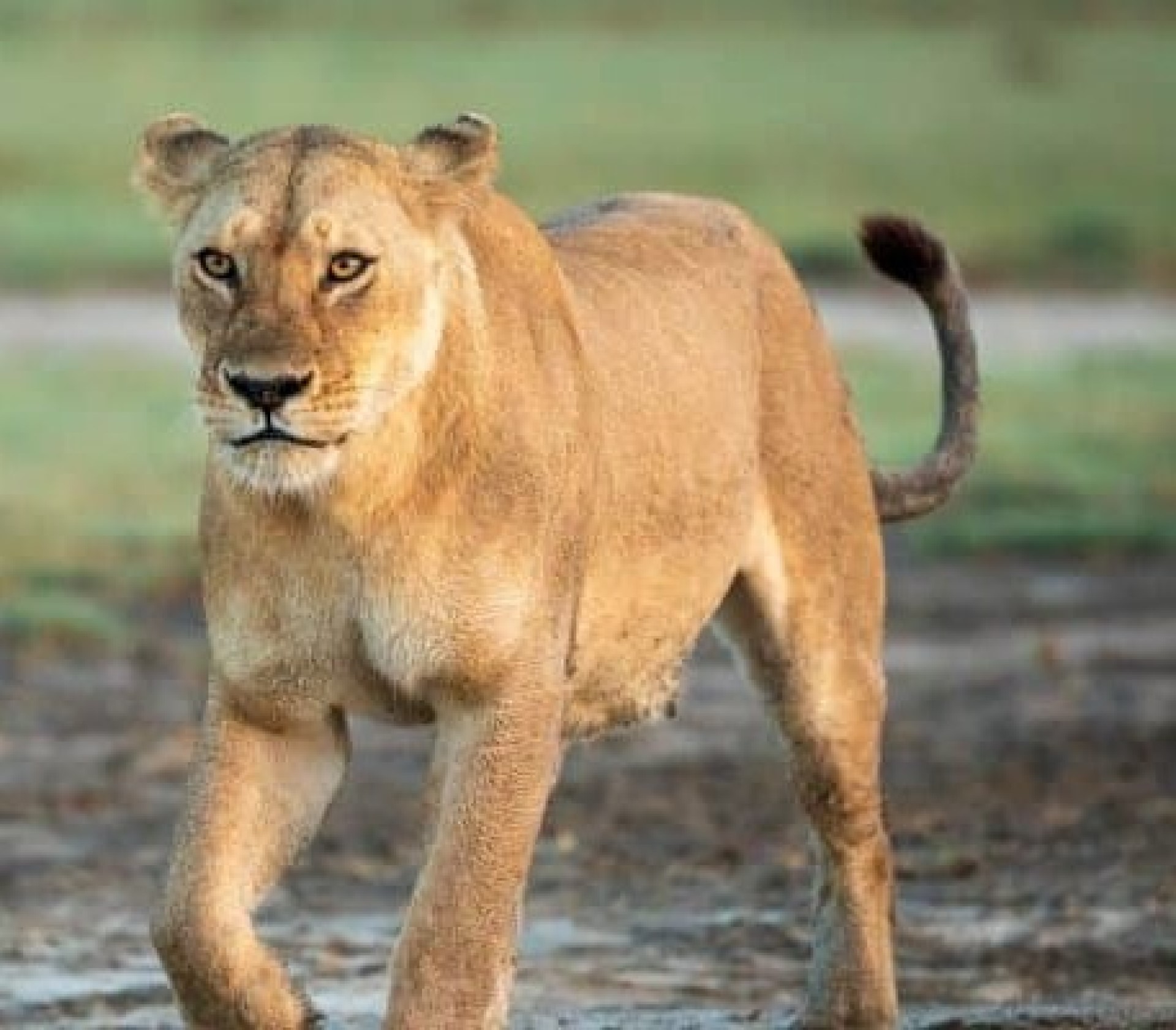
Known as Panthera Leo Leo, the Asiatic Lion is more complicated than once thought. Historically found throughout North, West and Central Africa, Large parts of Asia as well as throughout Southern Europe. Different parts of this huge area have been lost at different times. Oddly despite this, it appeared to be officially forgotten for some time, so that only recently it was demonstrated genetically that the West African lion and the Central African lion are the subspecies as the Asiatic lion, and as such there are actually more Asiatic lions in Africa. As such, the Asiatic lion is split into 3 clades. Which will be handled separately.
So the central African lion is thought to have a population of around 2200 (as of 2015-2016): I have not been able to calculate a proper number for this, I hope to have more information in the future.
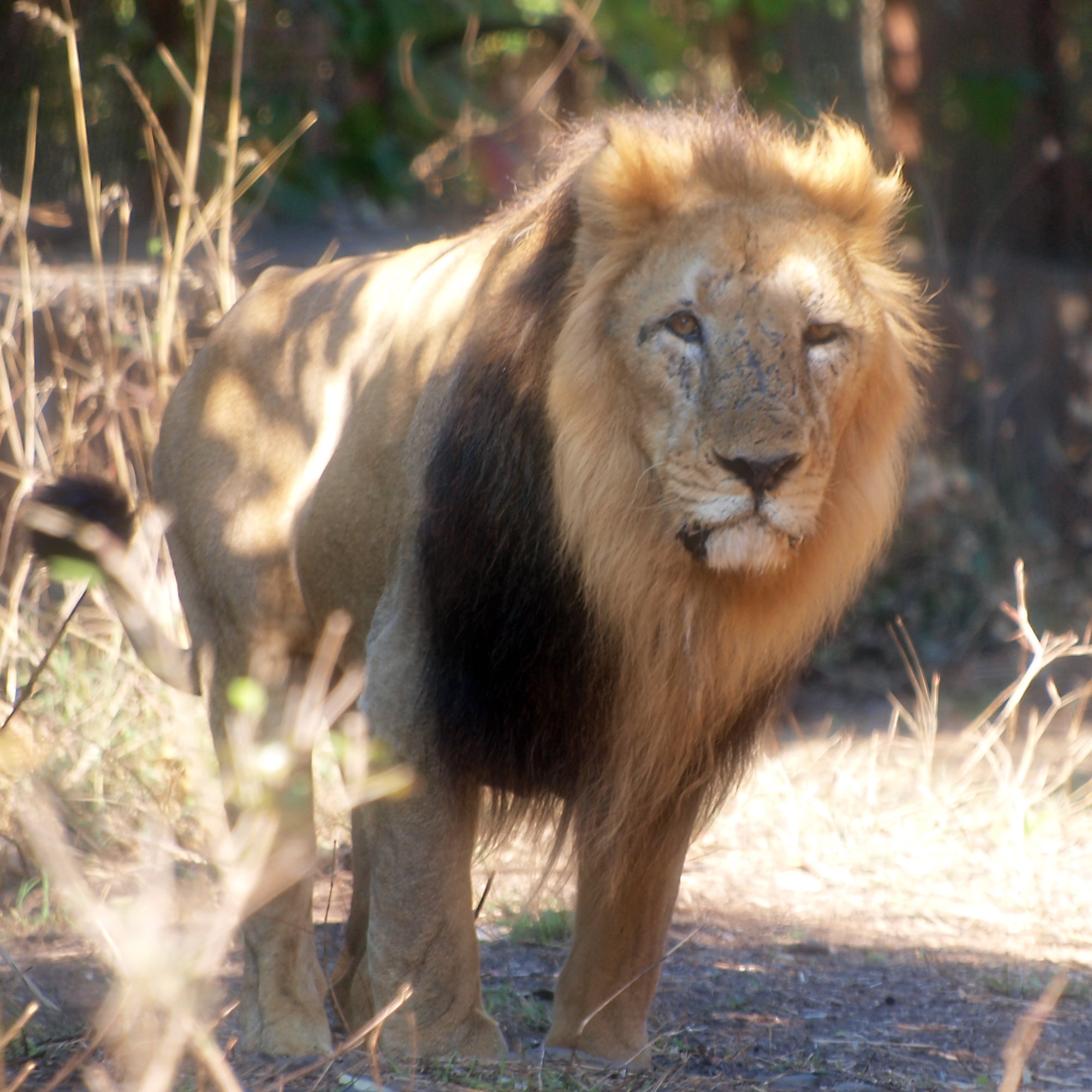
Known as Panthera Leo Leo, the Asiatic Lion is more complicated than once thought. Historically found throughout North, West and Central Africa, Large parts of Asia as well as throughout Southern Europe. Different parts of this huge area have been lost at different times. Oddly despite this, it appeared to be officially forgotten for some time, so that only recently it was demonstrated genetically that the West African lion and the Central African lion are the subspecies as the Asiatic lion, and as such there are actually more Asiatic lions in Africa. As such, the Asiatic lion is split into 3 clades. Which will be handled separately.
So the North African and Asiatic clade: The north African lion, otherwise known as the Barbary lion, was lost some time ago (the last one was shot in 1942). However, there has been much discussion about reintroducing them to Morocco, for some time. It could well be done in the near future.
The rest of this clade (remembering that the West and Central African lions are the same subspecies as this) are found in the Gir forests of India. This population is thought to be as high as 600, though deaths have been particularly high for a significant period of time. This population only currently has one protected home, from which the lions are overflowing- the Gir forest. The forest is home to as many as 600 lions, though only covering 1400 square km (545 miles) the best reserves in Africa have roughly 1 lion per every 5 square miles. Many of these lions live outside, with as many as 200 having made their home by the sea, a great distance form the park.
Scientists have long argued that some of the lions should be moved to another reserve as having all of them in one place leaves the entire clade vulnerable to natural disasters or indeed an epidemic. Indeed, it has gone all the way to the high court in India, but the Chief minister of Gujarat has simply refused to enforce the order (he does not want to loose the status of housing the only wild Asiatic lion (at least the Asiatic clade). There was much effort to give the Indian lions a second home, but the government saw them as their property and refused to allow any to be moved. The proposed home was set up for them – the Kuno reserve, with a number of villages moved to accommodate them. The Gujarat government has suggested all sorts of reasons to refuse, including that the reserve is unacceptable – despite being almost identical to Gir.
Kuno is now the home of the cheetah reintroduction (not that this should rule it out, as they lived alongside each other in the past, and from where they have been moved). Never-the-less, Gujurat has refused to budge even having lost the case in the supreme court.
It seems absurd that something this important can be held up because of politics but there we are. There are plans to move 40 lions to Barda wildlife sanctuary, which would at least give a second home. However, given the Asiatic Lions historical range covering such a vast area, the idea that one state in India could block translocations to anywhere else is quite scary.
Never-the less, it is still a fascinating place to visit.
Lions, tigers and Leopards all living in the same place for the first time in 27 years
This can only happen in India, as there are no tigers in Africa. 27 years ago, it seems that there were around the same number
Platinum Rhino, the worlds largest captive rhino breeding operation sold to africaparksnetwork! (update, instagram embed did not work)
Hearing this news, one might think “great, another 10-20 rhino”? Think again. Platinum rhino holds as much as 15% of the current wild population in
New estimates suggest that up to 100 of Asiatic Lions now live by the seaside
The Gir forest was the last refuge of the Asiatic lion. Back in 1893 it was thought that there were only 18 animals remaining. Thankfully
West african Lion spotted in a reserve in Chad that has not recorded one since 2004
A lioness has been spotted in a reserve in Chad, which has not recorded one since 2004! Lions have not been spotted in the Chad
Current African reserves could support 83,000 lions?
The decline in African Lions has been pretty constant and totally devastating. Just 100 years ago, there were about 200,000 lions in Africa (some estimates
The stronghold of the west African lions
Yesterday, I wrote about the last lions of Nigeria. In Nigeria, there are just 2 populations of lions totalling 35-40. While this is good for

